Can you really predict baccarat outcomes and beat the casino? This question has puzzled players and mathematicians for ages. Baccarat, a mix of chance and strategy, has drawn fans with its simple charm and the dream of winning big. But is there a way to predict baccarat that can give you an edge?
To understand baccarat, we must look into probability and the balance between luck and skill. Even though the game’s result depends on random cards, knowing the probabilities can improve your choices and boost your winning chances.
In this article, we’ll dive into the science of predicting baccarat. We’ll look at probability, card counting, and statistics to beat the house. We’ll clear up myths, share real strategies, and guide you through the exciting world of baccarat.
Key Takeaways:
- Probability controls baccarat’s results, and knowing it is key to winning.
- Card counting, though hard, can give you an advantage in some cases.
- Statistical analysis and computer simulations reveal baccarat patterns.
- Good bankroll management and emotional control are vital for lasting success.
- Even with the house edge, smart decisions based on probability can up your chances.
So, let’s explore the world of baccarat prediction together. We’ll uncover the science behind making smart choices at the table. Get ready to question your beliefs, improve your skills, and start an exciting journey in this classic casino game.
Introduction to Baccarat: A Game of Chance and Strategy
Baccarat is a thrilling card game loved by many for centuries. It’s a game of chance, but knowing the baccarat basics and using a good strategy can make it more fun and possibly increase your chances of winning.
The game is simple. Players bet on two hands: the “Player” and the “Banker.” The goal is to guess which hand is closer to nine. Face cards and tens count as zero, and other cards are worth their face value. If a hand’s total is over nine, the first digit is ignored, leaving only the second digit.
There are three main bets: Player, Banker, and Tie. Each has its own payout and house edge:
| Bet | House Edge |
|---|---|
| Banker | 1.06% |
| Player | 1.24% |
| Tie | 14%+ |
The Banker bet usually has the lowest house edge. But, remember, all bets in baccarat favor the casino over time. No strategy can ensure wins, but knowing the odds helps manage your bankroll.
Over time, baccarat has evolved with different versions like mini-baccarat and punto banco. Today, technology makes it easy to play online, reaching players all over the world.
Baccarat is not just about the cards; it’s about the experience, the excitement, and the thrill of the game.
Whether you’re experienced or new, embracing chance and using a baccarat strategy can improve your game. As you start your baccarat journey, set limits, gamble responsibly, and most importantly, enjoy the game.
Understanding the Rules and Gameplay of Baccarat
Baccarat is a classic casino card game loved for centuries. It’s simple yet elegant. To enjoy the game and find winning strategies, knowing the basic rules is key. Check out effective betting strategies online.
At the start, players bet on the Player, Banker, or a Tie. The goal is to guess which hand is closer to 9. Remember, you don’t aim for a total of 9. Instead, guess who will get closest to 9, or if it’s a Tie.
Player and Banker Hands
The dealer gives two cards to each hand. The hand’s value is the sum of the cards, with face cards and tens worth zero. Aces are one. If the total is over 9, drop the first digit to get the final score.
For example, a 7 and a 5 total 2 (12 – 1 = 11, drop the first digit). If a hand has 8 or 9, the game ends. The hand with the higher value wins. If it’s a Tie, bets on Player and Banker are returned.
Betting Options and Payouts
Baccarat has three main bets: Player, Banker, and Tie. Each has different payouts and house edges. Here’s a table showing the bets and their payouts:
| Bet | Payout | House Edge |
|---|---|---|
| Player | 1 to 1 | 1.06% (8 deck), 1.01% (single deck) |
| Banker | 0.95 to 1 (5% commission) | 1.24% (8 deck), 1.29% (single deck) |
| Tie | 8 to 1 | 14.36% (8 deck), 15.57% (single deck) |
The Banker bet has a lower house edge than the Player bet, even with a 5% commission. The Tie bet has a high payout but a very high house edge. It’s not recommended for optimal play.
Some casinos offer side bets like betting on a Tie or Pair. These bets add excitement but have higher house edges.
Knowing the basic rules and betting options helps players make better choices. This knowledge is key to developing winning strategies at the baccarat table.
The Role of Probability in Baccarat
Probability is key in baccarat, shaping the chances of different outcomes and guiding betting strategies. By grasping the baccarat probability for each bet, players can make smart choices and handle their money well.
Calculating Odds for Player, Banker, and Tie Bets
In baccarat, players can bet on Player, Banker, or Tie. Each bet has its own win probability, affecting the odds and payouts. The Player bet wins about 44.6% of the time, while the Banker bet wins around 45.8%. Tie bets are much rarer, happening about 9.6% of the time.
| Bet Type | Probability of Winning | Payout |
|---|---|---|
| Player | 44.6% | 1:1 |
| Banker | 45.8% | 0.95:1 |
| Tie | 9.6% | 8:1 |
Looking at these probabilities, the Player hand is expected to win 493 times in a thousand bets. The Banker hand is expected to win 507 times. The chance of winning exactly 493 times with Player bets is 2.523%. The chance of breaking even with 500 wins is 2.287%.
The House Edge in Baccarat
The casino has a slight edge in baccarat, known as the house edge. The house edge for Player bets is 1.24%, and for Banker bets, it’s 1.06%, even with the 5% commission on Banker wins. Tie bets have a high payout but a huge house edge of 14.4%.
The chance of making a $20 profit with 501 wins and 499 losses is 2.219%. The chance of a $100 gain with 505 wins is 1.891%. But, the chance of losing $20 or more in a thousand decisions is 66%.
The chance of getting an even number of wins and losses to break even is 74.3% after two rounds. The chance of breaking even or being in profit after one round is 49.3%.
Knowing these probabilities and betting odds is key for players to make smart choices and manage their expectations. While short-term results can vary, the long-term probabilities and house edge stay the same. This highlights the need for responsible gambling and good bankroll management.
Debunking Common Misconceptions About Baccarat Strategies
Baccarat is a popular casino game known for its elegance and simplicity. But, it has also led to many misconceptions and myths. This video aims to debunk these myths to help you make better choices at the table:
Many believe that certain betting systems can guarantee profits or beat the house edge. Systems like the Martingale, Paroli, or Fibonacci might seem appealing. But, they can’t change the house advantage in baccarat. These systems assume past hands affect future ones, ignoring that each hand is independent.
Another myth is that baccarat is a game of skill where players can predict outcomes. But, baccarat is a game of chance. No skill or strategy can reliably predict hand outcomes. Studies show there are no patterns or trends in baccarat that can be used for consistent wins.
Some players believe that certain outcomes are “due” after a series of opposite results. For example, if the Banker hand wins several times, they might think the Player hand is more likely to win next. But, each hand is independent and not affected by previous outcomes.
Casinos often provide scorecards to track trends and patterns in baccarat. This can create an illusion of control and lead players to make betting decisions based on perceived patterns. But, it’s important to know that these trends are just random fluctuations and have no impact on future hands.
| Bet | House Edge | Payout |
|---|---|---|
| Banker | 1.06% | 1:1 (minus 5% commission) |
| Player | 1.24% | 1:1 |
| Tie | 14.4% | 8:1 or 9:1 |
Understanding the true odds and probabilities of each bet in baccarat is crucial. The Banker bet has a house edge of about 1.06%, making it the most advantageous. On the other hand, the Tie bet has a high house edge of 14.4%, making it a poor choice. Knowing these probabilities helps players make better betting decisions and manage their bankroll effectively.
“The key to enjoying baccarat is to embrace the game’s randomness and focus on responsible gambling practices. Set realistic expectations, manage your bankroll wisely, and never chase losses. Remember, the house always has an edge, and no strategy can change that fundamental fact.”
By debunking these common baccarat misconceptions and myths, players can approach the game with a clearer understanding. Embracing the game’s inherent randomness, practicing responsible gambling, and enjoying the thrill of the experience should be the focus of any baccarat enthusiast.
The Mathematics Behind Baccarat: Probability and Statistics
Baccarat has been a favorite game for centuries. It’s all about math, especially probability and statistics. These concepts help players make smart choices at the table. To get better at baccarat, you need to understand its math.
Looking at past game data is key in baccarat. Players study old results to find patterns. But, remember, each round is different. What happens in one round doesn’t affect the next.
Applying Probability Theory to Baccarat
Probability is the heart of baccarat’s math. It helps players figure out the chances of winning. There are three main bets: Player, Banker, and Tie. Each bet has its own odds based on the game’s rules and card probabilities.
The Banker bet wins about 45.8% of the time. The Player bet wins around 44.6% of the time. Ties happen in about 9.6% of the games. Knowing these odds helps players plan their bets better.
The house edge in baccarat is low, but it still favors the casino. The Player bet has a 1.24% house edge. The Banker bet, with a 5% commission, has a 1.06% house edge. The Tie bet has a big house edge of 14.4%, making it less popular.
Analyzing Past Game Data for Patterns and Trends
Many players think looking at past data helps predict future wins. By tracking results, they search for patterns. This is called pattern recognition.
But, pattern recognition should be done carefully. Patterns might show up in a few rounds, but baccarat’s long-term results follow probability. Each round is independent, so past results don’t affect the next one. Relying too much on past data can be risky.
| Betting Option | Probability of Winning | House Edge |
|---|---|---|
| Banker | 45.8% | 1.06% |
| Player | 44.6% | 1.24% |
| Tie | 9.6% | 14.4% |
The table shows the main odds and house edges in baccarat. It shows the Banker bet has a slight edge and the Tie bet has a big house edge. Knowing these math basics helps players make better choices.
In summary, baccarat’s math, including probability and data analysis, is key to playing well. Understanding these concepts helps players make smarter bets and enjoy the game more.
Card Counting Techniques in Baccarat: Myth or Reality?

Card counting, a popular advantage play method often linked with blackjack, has caught the eye of baccarat players. The dream of beating the casino by tracking cards is strong. Yet, the success of card counting in baccarat is still up for debate.
First, let’s look at the key differences between baccarat and blackjack. Baccarat uses eight decks of cards mixed together. It moves faster than blackjack and has a lower house edge on the Banker bet. These differences make it hard for card counters in baccarat.
Challenges of Card Counting in Baccarat
The main hurdle in card counting baccarat is the game’s setup. Unlike blackjack, where cards are returned, baccarat doesn’t do this. This makes it tough to get an edge by counting cards.
Also, casinos know about advantage play methods and try to stop card counting. Baccarat’s fast pace and use of multiple decks make it hard to track cards accurately.
Comparing Card Counting in Baccarat to Other Casino Games
| Game | Card Counting Effectiveness | House Edge |
|---|---|---|
| Blackjack | High | 0.5% – 2% |
| Baccarat | Low | 1.06% (Banker bet) |
| Roulette | Not Applicable | 2.7% (European), 5.26% (American) |
| Craps | Not Applicable | 1.36% (Pass/Come), 1.41% (Don’t Pass/Don’t Come) |
Card counting in baccarat is less effective than in blackjack. Games like roulette and craps don’t need card counting because they’re based on chance.
While card counting in baccarat may seem appealing, its real-world success is limited. This is due to the game’s nature and casinos’ efforts to stop advantage players.
Some players still try card counting in baccarat, hoping for a small edge. But, it’s important to be careful with any advantage play method and know the risks.
Predict Baccarat Outcomes: Is It Possible?
In casino games, Baccarat predictions fascinate players looking for an edge. But can we really predict the game’s outcomes? Exploring Baccarat shows that luck and game limits play big roles in results.
Baccarat is a game of chance. Strategies and systems promise wins, but the truth is different. Each hand’s outcome depends on random card distribution. Skilled players use betting strategies, but predicting exact hand outcomes is hard.
Limitations of Predicting Outcomes in a Game of Chance
Predicting Baccarat outcomes is tough because of the game’s nature. Unlike poker, where skill matters, Baccarat relies on luck. The cards dealt are random, making it hard to guess the winning hand.
Casinos also take steps to keep the game fair. They don’t share card values, which makes predicting harder. This lack of info adds to the challenge of accurate predictions.
The Role of Luck and Randomness in Baccarat
Luck and randomness are key in Baccarat. It’s like a biased coin flip, with equal odds for each hand. The house edge is low, but it’s there for the long run, not just short-term.
Players often look at scoreboards for patterns. But these scorecards aim to create an illusion of predictability. They don’t truly help predict future outcomes.
Each Baccarat hand is independent, with no influence from the last hand. Betting systems like Martingale or Fibonacci help structure bets. Yet, they don’t change the game’s odds.
| Betting System | Hit Ratio Expectancy | Incorrect Bet Selection |
|---|---|---|
| Baccarat Bet Placement Systems | 30% to 40% | 60% overall |
| 13-Step Negative Progression | Considered the best among tested systems | Reduces variance when consistently betting on Banker or Player |
While skilled players manage money well and bet wisely, predicting Baccarat outcomes is still a challenge. The game’s luck and randomness highlight the need for responsible gambling. Baccarat is entertainment, not a way to make money.
Baccarat Betting Systems and Their Effectiveness
Baccarat is a thrilling game of chance that has captured the attention of players worldwide. While the game’s outcome is primarily determined by luck, many players employ various betting strategies and systems in an attempt to gain an edge over the house. However, the effectiveness of these baccarat betting systems is often debated among experts and players alike.
One popular betting system is the 1-3-2-6 strategy. It aims to capitalize on winning streaks while minimizing losses during losing streaks. The wager size increases with each win, starting with 1 unit, then progressing to 3 units, 2 units, and finally 6 units. Another well-known system is the Fibonacci betting strategy. It follows the mathematical Fibonacci sequence for placing bets, gradually increasing after losses and decreasing after wins.
While these systems offer a structured approach to betting, it is essential to understand that they do not alter the inherent odds of the baccarat game. No betting system, including the 1-3-2-6 and Fibonacci, can predict or manipulate the outcomes in baccarat, as it remains a game of chance at its core.
In 50:50 gambling games like baccarat, a negative progression strategy requires correct outcomes in at least 33% of bets, with no more than three losses in a row before a win.
Although betting systems can aid in managing one’s bankroll effectively, they do not guarantee long-term profits due to the inherent variance in baccarat outcomes. Flat betting, for example, aims for a win rate of at least 55% in each baccarat shoe, which increases to 65% when facing a 5% commission on Banker wins. The typical win/loss sequence in flat betting emphasizes the need for more wins than losses to maintain profitability.
- The Martingale betting strategy involves doubling bets after each loss but fails to consider the 5% commission on Banker wins, potentially leading to long-term losses despite short-term recovery capabilities.
- The Fibonacci strategy offers a more gradual increase in bets compared to Martingale and is often recommended for beginners due to its lower-risk nature.
- The 1-3-2-6 progressive betting system requires a winning streak to be profitable, lacking guarantees for long-term success, and may result in losses if interrupted by a loss.
Ultimately, while baccarat betting systems can provide a structured approach to wagering, they cannot overcome the inherent house edge in the game. These systems may yield short-term wins, but they do not guarantee long-term profitability. As with any gambling endeavor, it is crucial for players to approach baccarat with a clear understanding of the game’s risks and to practice responsible gambling habits.
The Martingale System: Doubling Down on Losses
The Martingale system is a betting strategy used by some baccarat players. It aims to win back losses and make a profit. However, it comes with big risks that players need to know about. This system is discussed at Martingale system in baccarat.
Let’s look at how the Martingale system works. A player starts with a $10 bet and loses. Then, they double their bet to $20 for the next round. If they lose again, they double it to $40, and so on.
When they finally win, they’ve recovered all losses and made a profit equal to their first bet.
Risks and Drawbacks of the Martingale System
The Martingale system might sound good, but it’s risky. It can lead to long losing streaks, making bets too big. Here are some stats:
- The chance of losing 6 times in a row is about 1.56%, assuming a 50% win rate.
- After 10 losses, the bet size would be 1,024 times bigger.
- To survive 10 losses, a player needs a bankroll over 1,000 times their original bet.
Casinos also have table limits. As bets grow, players hit these limits, stopping them from doubling their bets. This can lead to big losses without a chance to get back on track.
| Number of Consecutive Losses | Bet Size (Starting at $10) | Total Amount Wagered |
|---|---|---|
| 1 | $20 | $30 |
| 2 | $40 | $70 |
| 3 | $80 | $150 |
| 4 | $160 | $310 |
| 5 | $320 | $630 |
The Martingale system doesn’t change the house edge in baccarat. It seems to promise profits, but the expected value of each bet is still negative. The betting risks can quickly drain a player’s bankroll, making it a dangerous strategy.
“The Martingale system is a risky and ultimately futile betting strategy that can lead to significant financial losses. It is important for players to understand the risks involved and to approach baccarat with a sound bankroll management strategy.”
In conclusion, the Martingale system is tempting but risky. It can lead to big losses. Players should be careful and focus on safe gambling and managing their bankroll well. Knowing the Martingale system’s limits helps players enjoy baccarat without taking on too much risk.
The Fibonacci Sequence in Baccarat Betting
The Fibonacci betting system is named after Leonardo Fibonacci, an Italian mathematician. It’s a betting strategy that’s popular in baccarat. It uses the Fibonacci sequence to decide how much to bet after wins and losses.
The Fibonacci sequence starts with 0 and 1. Each number is the sum of the two before it: 0, 1, 1, 2, 3, 5, 8, 13, 21, 34, and so on.
In baccarat, players start with a bet of one unit. If they lose, they bet the next number in the sequence. If they win, they go back two numbers and bet that amount. This keeps going until they reach the start or stop playing.
The Fibonacci system helps manage risk by increasing bets after losses and decreasing them after wins. It can help recover losses over time. But, remember, no system can change the house edge in baccarat.
| Bet Outcome | Fibonacci Number | Bet Amount |
|---|---|---|
| Loss | 1 | 1 unit |
| Loss | 2 | 1 unit |
| Loss | 3 | 2 units |
| Win | 2 | 1 unit |
| Win | 1 | 1 unit |
The Fibonacci system might attract baccarat players because of its math and chance to recover losses. But, it’s important to be careful with any betting system. It doesn’t promise profits and can cause big losses if you lose a lot in a row.
It’s key to manage your bankroll well and set limits on wins and losses when using the Fibonacci system in baccarat.
Flat Betting and Its Advantages in Baccarat
In baccarat, many betting strategies aim to increase winning chances. Flat betting is one, where the same amount is bet on each hand, no matter the outcome. This method helps players manage their bankroll well.
Flat betting in baccarat keeps your gambling budget in check. It stops players from chasing losses or betting more impulsively. This approach is key to responsible gambling and makes the game more fun.
One big plus of flat betting is it lets players play longer without losing a lot quickly. Unlike systems like Martingale, which double bets after losses, flat betting keeps bets the same. This way, players don’t lose their money fast.
Flat betting might not lead to big wins, but it’s steady and predictable. Players can manage their hopes better and avoid the ups and downs of volatile betting. This emotional balance is key to making smart decisions and sticking to a bankroll management plan.
Another good thing about flat betting is it works with many baccarat strategies. Players can bet on the banker, player, or tie, all with the same bet size. This makes it easy to change strategies based on the game without changing the betting pattern.
“Flat betting has been a game-changer for my baccarat experience. It helps me stay disciplined, manage my bankroll effectively, and enjoy the game without the stress of constantly adjusting my bets.” – Sarah, a seasoned baccarat player.
While flat betting is effective, it doesn’t promise profits or get rid of the house edge in baccarat. Players should be careful and have realistic goals when using this strategy. Adding flat betting to good bankroll management, setting limits, and looking at the long game can make it even better.
| Bet Type | House Edge | Standard Payout |
|---|---|---|
| Banker | 1.06% | 1:1 (minus 5% commission) |
| Player | 1.24% | 1:1 |
| Tie | 14.36% | 8:1 |
In conclusion, flat betting is a simple yet effective way to play baccarat. It focuses on managing your bankroll and staying in control. By betting the same amount each time, players can play longer, avoid big losses, and have a more stable game. Remember, baccarat is a game of chance, so gamble responsibly and set limits.
The Importance of Bankroll Management in Baccarat

Managing your bankroll well is key to playing baccarat responsibly. It means setting a budget and sticking to it. This way, you can enjoy the game more and avoid losing too much money.
Setting realistic win and loss limits is crucial. Decide how much you can win or lose in one session. Once you hit these limits, stop playing, win or lose.
Setting Win and Loss Limits
To figure out your limits, think about a few things:
- Your overall bankroll size
- The length of your planned gaming session
- Your risk tolerance
- The minimum and maximum bet sizes at the table
It’s wise to set your win limit at 20-30% of your session bankroll. Your loss limit should be about 50% of your session bankroll. For example, with a $1,000 bankroll, aim for a win limit of $200-$300 and a loss limit of $500.
Avoiding the Gambler’s Fallacy
It’s also important to avoid the gambler’s fallacy. This is the belief that past results affect future outcomes in games like baccarat. For example, if the Player hand wins a few times in a row, some might think the Banker is more likely to win next.
The gambler’s fallacy is a dangerous trap that can lead to irrational betting decisions and rapid depletion of your bankroll.
But, each hand of baccarat is independent. The odds of winning stay the same, no matter what happened before. By understanding this, players can make better bets based on the game’s true probabilities.
| Bet Type | House Edge | Payout |
|---|---|---|
| Banker | 1.06% | 1:1 (minus 5% commission) |
| Player | 1.24% | 1:1 |
| Tie | 14.36% | 8:1 or 9:1 |
The Banker bet has the lowest house edge at 1.06%. Betting on the Banker consistently can help you win more and keep your bankroll longer. Avoiding the Tie bet is also wise, as it has a much higher house edge.
In short, good bankroll management in baccarat means setting limits, avoiding the gambler’s fallacy, and making smart bets. By following these tips, you can have fun playing baccarat without risking too much money.
Utilizing Computer Simulations and Models for Baccarat Analysis
Players and researchers are using advanced methods to improve at baccarat. They use computer simulations and predictive models. These tools help understand the game’s probabilities and possible outcomes.
Monte Carlo simulations are a key method for baccarat analysis. They run millions of games to test strategies. This helps players understand the long-term chances of different approaches.
Machine learning is also used to analyze historical game data. It aims to find patterns and improve betting decisions. Yet, the game’s randomness and house edge limit these models’ effectiveness.
Monte Carlo Simulations in Baccarat
Monte Carlo simulations help explore baccarat’s probabilities. They mimic the game, allowing researchers to see many outcomes. This helps players understand the chances of different bets and strategies.
For instance, simulations show the Banker bet has a higher win rate than the Player bet. The Banker’s edge is about 1.06%, while the Player’s is 1.24%. This info helps players make better bets and manage their money.
Developing Predictive Models Based on Historical Data
Researchers are also working on predictive models for baccarat. These models look for patterns in past games to guide future bets.
They use various statistical methods like regression and deep learning. But, it’s important to be cautious. Baccarat’s randomness and house edge make accurate predictions hard.
| Betting Strategy | Edge |
|---|---|
| Betting B every time after the first P appears | 51.41% |
| Betting B after 8P | 52.5% |
Computer simulations and predictive models are interesting for baccarat analysis. But, they’re not perfect. The house edge is a big challenge. Always remember to manage your money wisely and understand the risks for a good baccarat experience.
The Psychological Aspects of Baccarat Gaming
Baccarat is more than just numbers and strategies. It’s also about how we feel and think. Knowing how emotions affect our decisions can help us play better.
The gambler’s fallacy is a big challenge in baccarat. It makes players think they can guess the future based on past results. But each round is a new, independent event with the same odds. This fallacy can lead to bad choices.
Emotional Control and Decision Making
Keeping our emotions in check is key to smart betting in baccarat. Winning big can make us want to take bigger risks. Losing can make us try to win back our money too fast.
Good players learn from each game. They see it as a chance to get better. By always improving their strategies, they can do better over time.
“The most important thing in gambling is to have emotional control. If you can maintain your composure and make rational decisions, you’ll have a much better chance of coming out ahead in the long run.” – Professional Baccarat Player
Managing your bankroll is also important. Setting limits helps avoid chasing losses or betting on hunches. This keeps the game in perspective and prevents bad gambling habits.
| Psychological Factor | Impact on Baccarat Players |
|---|---|
| Gambler’s Fallacy | Leads players to make irrational decisions based on perceived patterns or streaks |
| Emotional Control | Essential for making rational betting choices and avoiding impulsive decisions |
| Learning Mindset | Helps players continually refine strategies and adapt based on new insights and experiences |
| Bankroll Management | Setting win and loss limits to avoid chasing losses or making impulsive bets |
Understanding the psychological side of baccarat can make the game more enjoyable and profitable. It helps players make better choices and enjoy the game more.
Responsible Gambling Practices in Baccarat

Baccarat is a fun casino game, but it’s important to gamble responsibly. This means setting limits, knowing when to stop, and getting help if needed. It keeps the game safe and enjoyable for everyone.
- Set a budget for each gaming session and stick to it
- Avoid chasing losses by attempting to recoup money lost in previous rounds
- View gambling as a form of entertainment rather than a way to make money
- Take regular breaks and avoid playing for extended periods
- Never gamble under the influence of alcohol or drugs
Recognizing Problem Gambling Behaviors
Problem gambling happens when someone can’t control their gambling. Signs include:
- Spending more time and money on gambling than intended
- Neglecting responsibilities at work, school, or home due to gambling
- Lying to family and friends about gambling activities
- Feeling anxious, irritable, or depressed when not gambling
- Borrowing money or selling possessions to fund gambling
According to the National Council on Problem Gambling, approximately 2 million U.S. adults are estimated to meet the criteria for pathological gambling addiction.
Seeking Help and Support for Gambling Addiction
If you or someone you know has a gambling problem, get help fast. There are many resources available:
- National Problem Gambling Helpline: 1-800-522-4700
- Gamblers Anonymous: A 12-step program for individuals with gambling problems
- Professional counseling and therapy services specializing in gambling addiction
- Self-exclusion programs offered by online and land-based casinos
Getting help early can help overcome addiction. It prevents harm to personal and professional life.
| Resource | Contact Information |
|---|---|
| National Problem Gambling Helpline | 1-800-522-4700 |
| Gamblers Anonymous | Find local meetings at www.gamblersanonymous.org |
| National Council on Problem Gambling | Visit www.ncpgambling.org for resources and support |
Remember, playing responsibly is key to enjoying baccarat and other games. By setting limits, recognizing problem behaviors, and seeking help, players can gamble safely and healthily.
Conclusion
The science behind predicting baccarat outcomes is really interesting. It has caught the attention of both players and researchers. But, the game’s chance and randomness mean we can’t always predict the results.
Even though we can use probability and patterns, these tools don’t guarantee wins. They can’t beat the house edge. So, while they help, they’re not enough to win every time.
Some baccarat strategies, like the Martingale or Fibonacci, might seem to work at first. But, they don’t last. The best way to play baccarat is to bet the same amount and manage your bankroll well. This way, you can have fun without losing too much.
It’s important to remember that baccarat is for fun, not to make money. Responsible gambling is key to enjoying the game without problems. Players should set limits, not chase losses, and know when to stop.
If you find yourself struggling with gambling, getting help is vital. By being responsible and playing smart, you can enjoy baccarat while keeping your finances and emotions safe.
FAQ
What is the best strategy to predict baccarat outcomes?
Predicting baccarat outcomes is tricky. It’s mostly a game of chance. Each hand is unique. Probability and pattern recognition can offer clues, but they don’t guarantee wins.
The best strategy is to manage your money wisely. View baccarat as fun, not a way to make money.
Can card counting be effectively used in baccarat?
Card counting in baccarat is not as effective as in blackjack. The game’s randomness and frequent shuffling limit counting benefits. Baccarat’s outcomes are less influenced by card counts.
What is the house edge in baccarat?
The house edge in baccarat varies by bet type. The banker bet has a 1.06% edge, while the player bet is 1.24%. Betting on a tie is riskier, with a 14.4% edge.
Are betting systems like Martingale or Fibonacci effective in baccarat?
Betting systems can lead to short-term wins but don’t change the game’s odds. The Martingale system can cause big losses. The Fibonacci system doesn’t affect the game’s odds. Flat betting is safer for your bankroll.
How important is bankroll management in baccarat?
Bankroll management is key for safe baccarat play. Set win and loss limits and stick to them. Avoid chasing losses and betting impulsively. View gambling as entertainment, not a money-making venture.
Good bankroll management ensures a fun and safe baccarat experience.
Can computer simulations and machine learning predict baccarat outcomes?
Computer simulations and machine learning can offer insights into baccarat. They analyze patterns and test strategies. But, they can’t predict outcomes with certainty or beat the house edge.
What should I do if I suspect I have a gambling problem?
If you think you have a gambling problem, seek help right away. Look for signs like chasing losses or feeling anxious without gambling. There are hotlines, counseling, and self-exclusion programs available.
Getting help early is key to avoiding harm and keeping a healthy relationship with gambling.



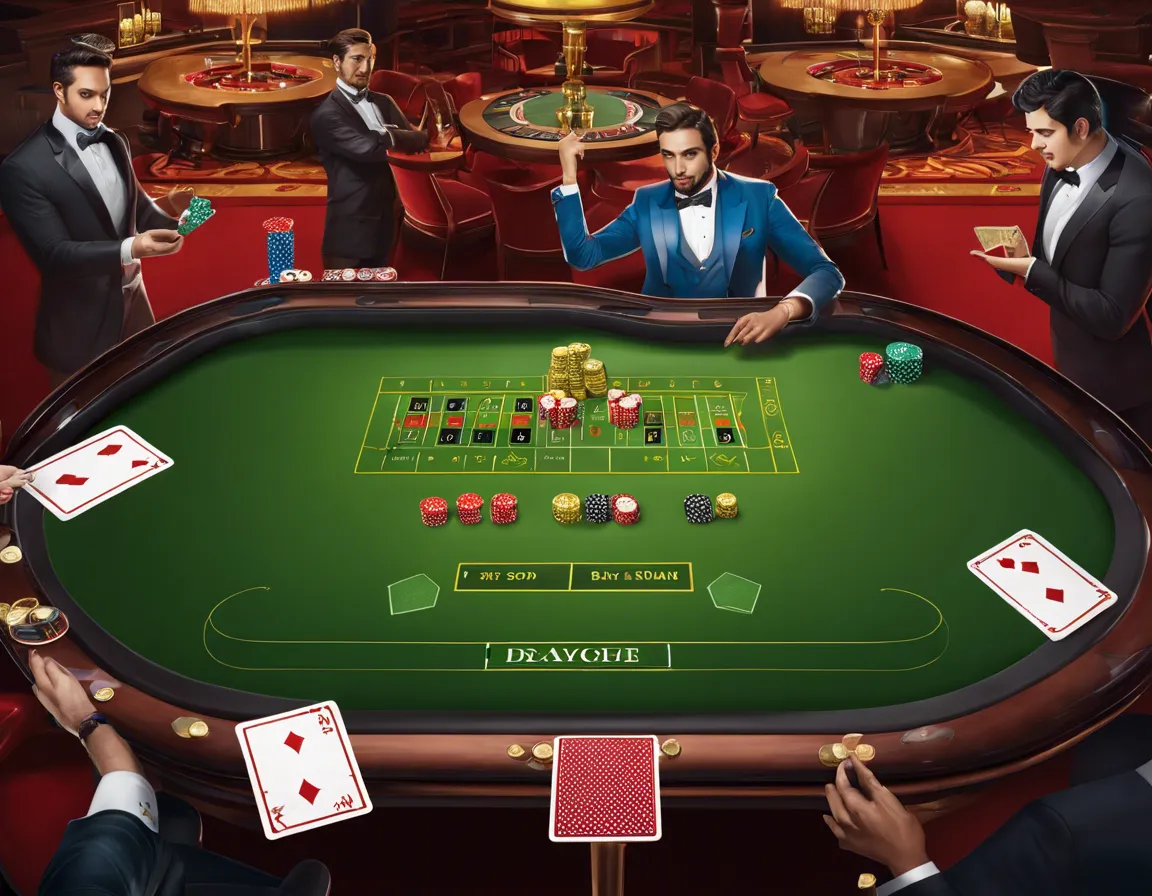


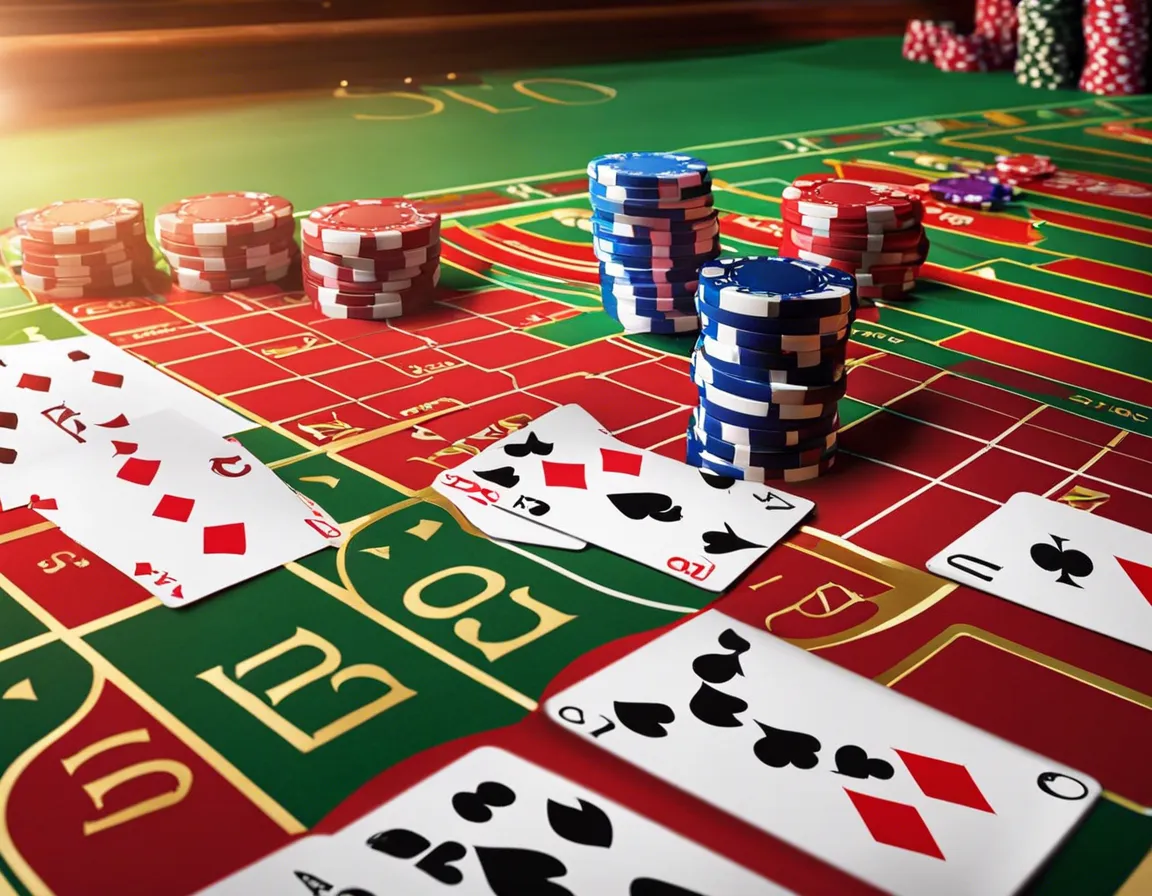
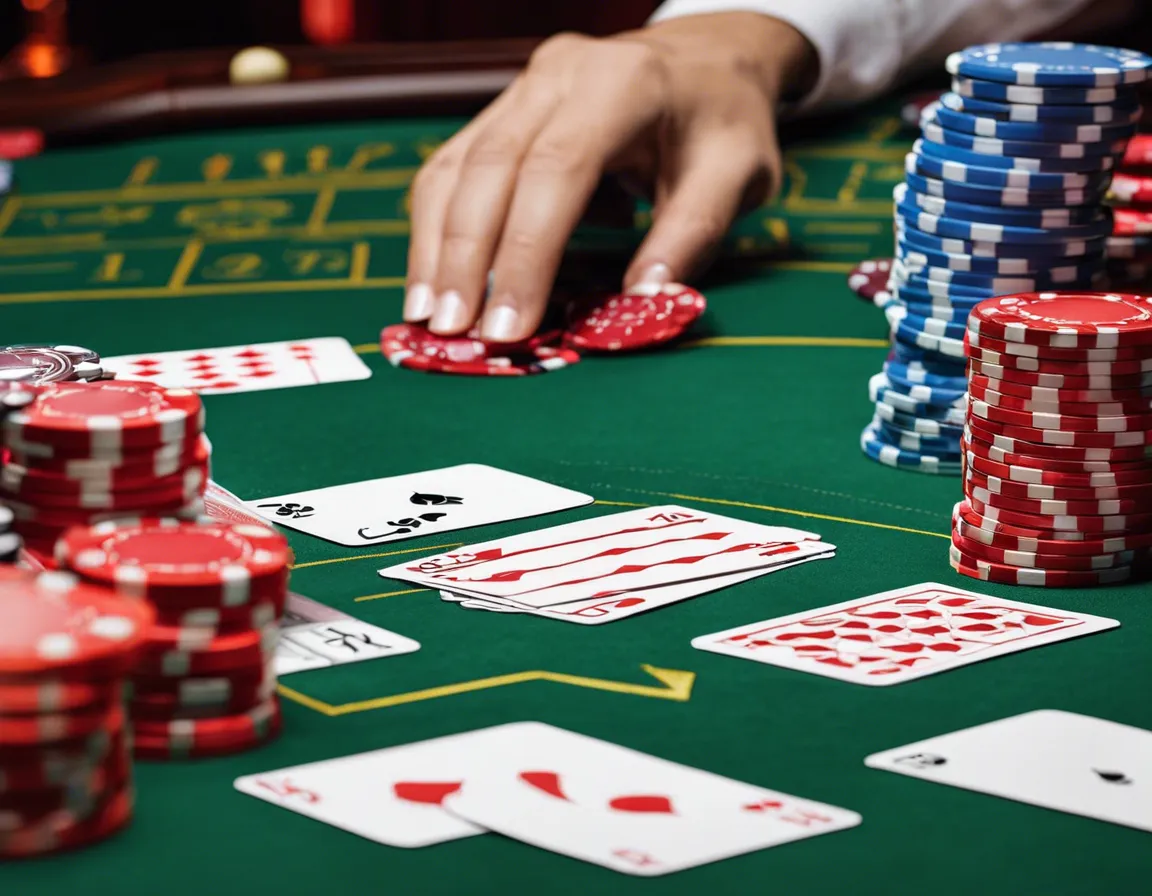
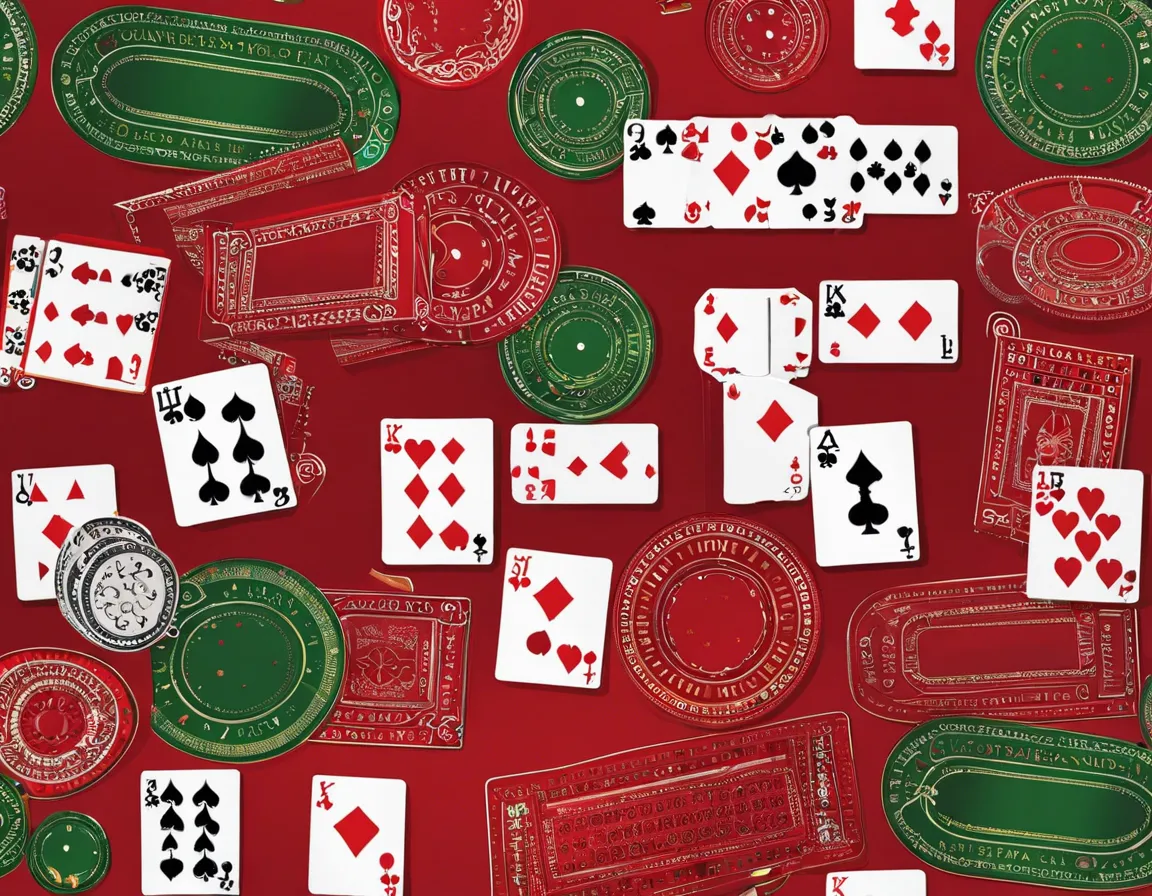

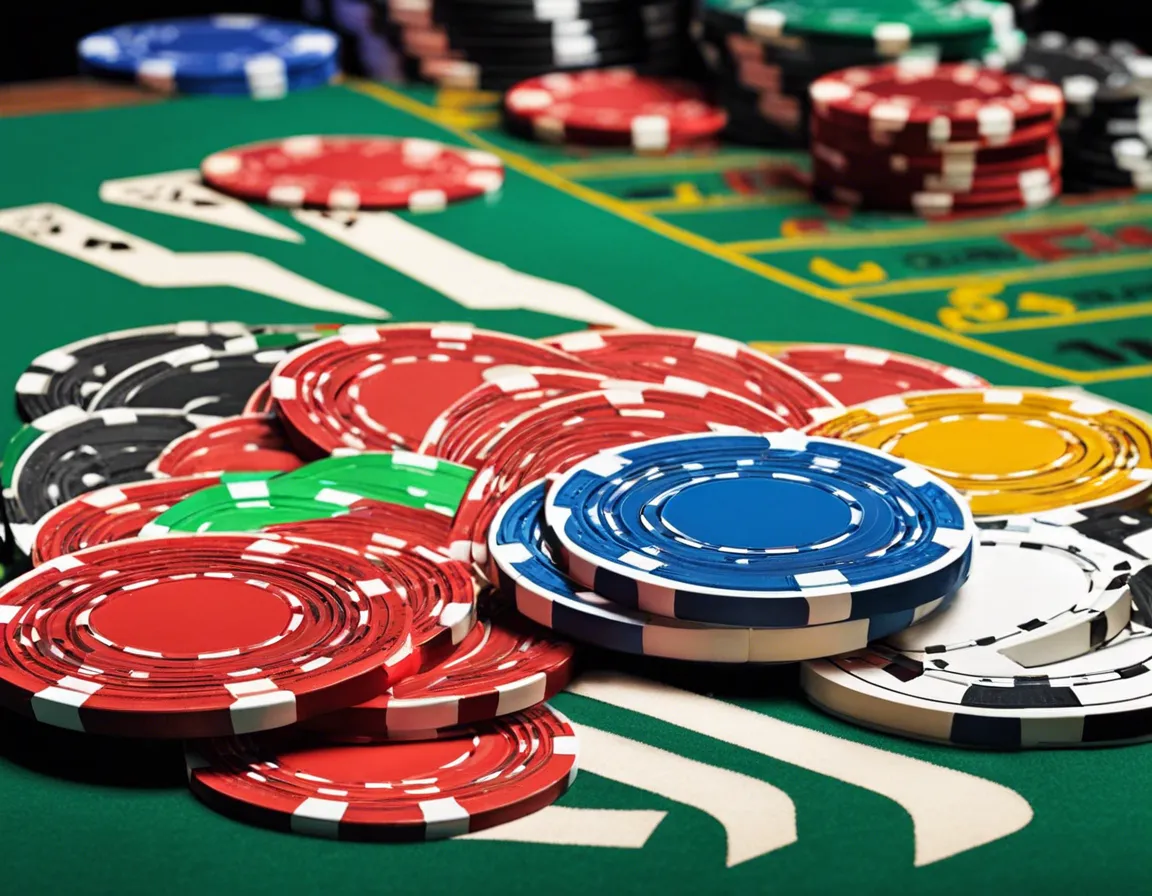



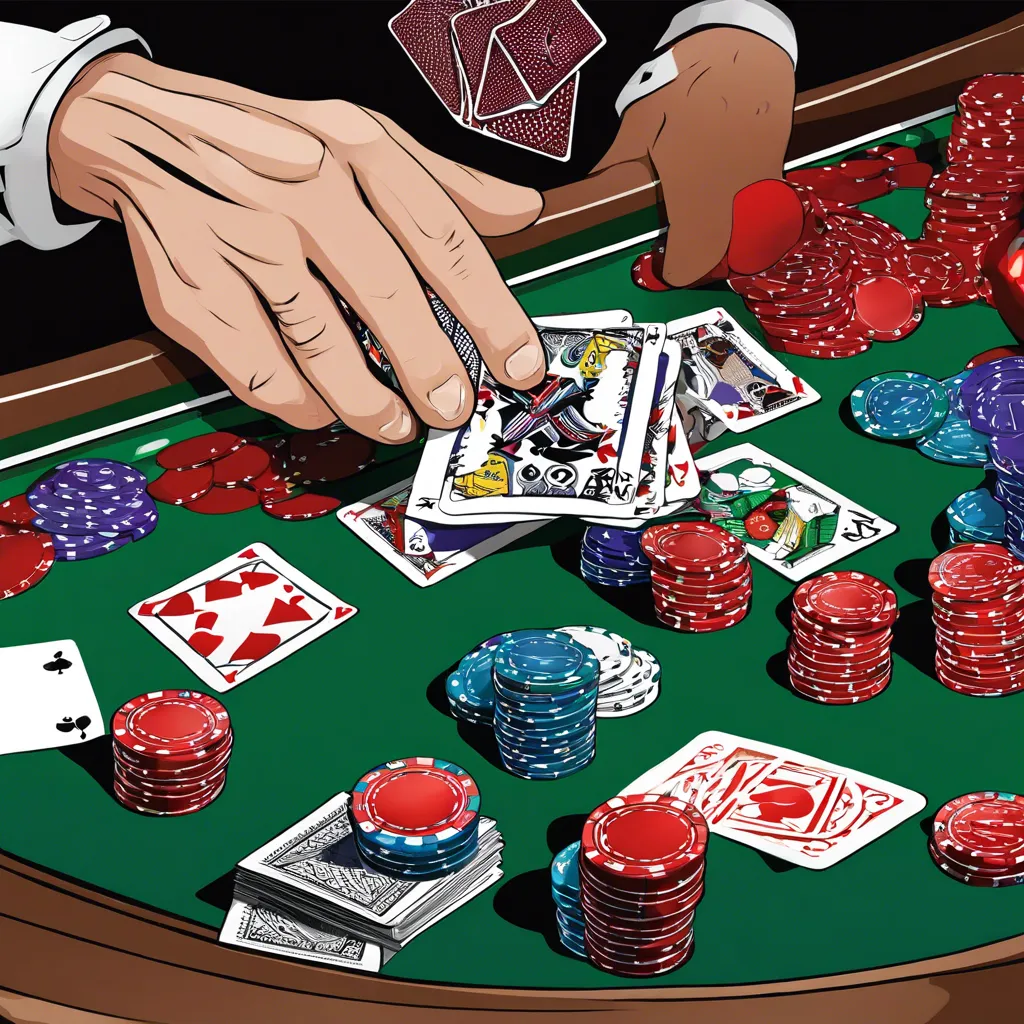
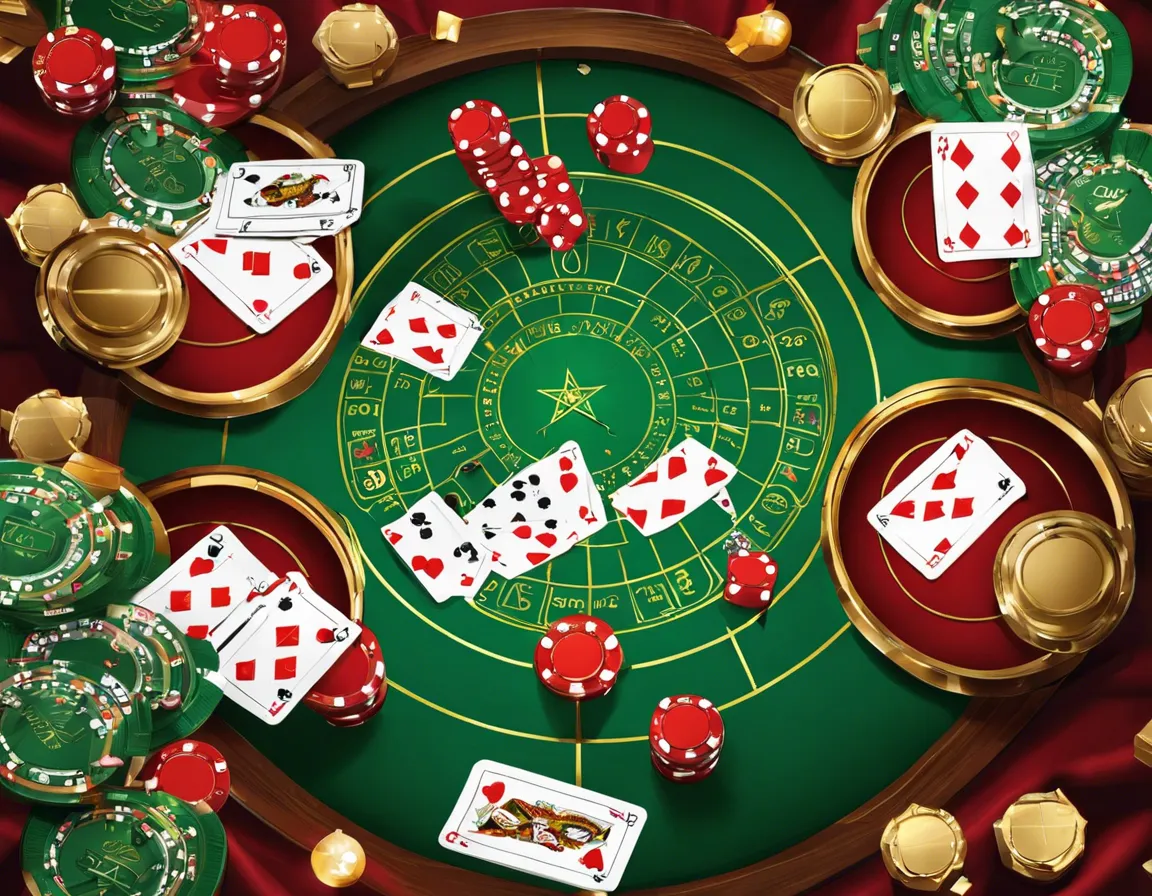
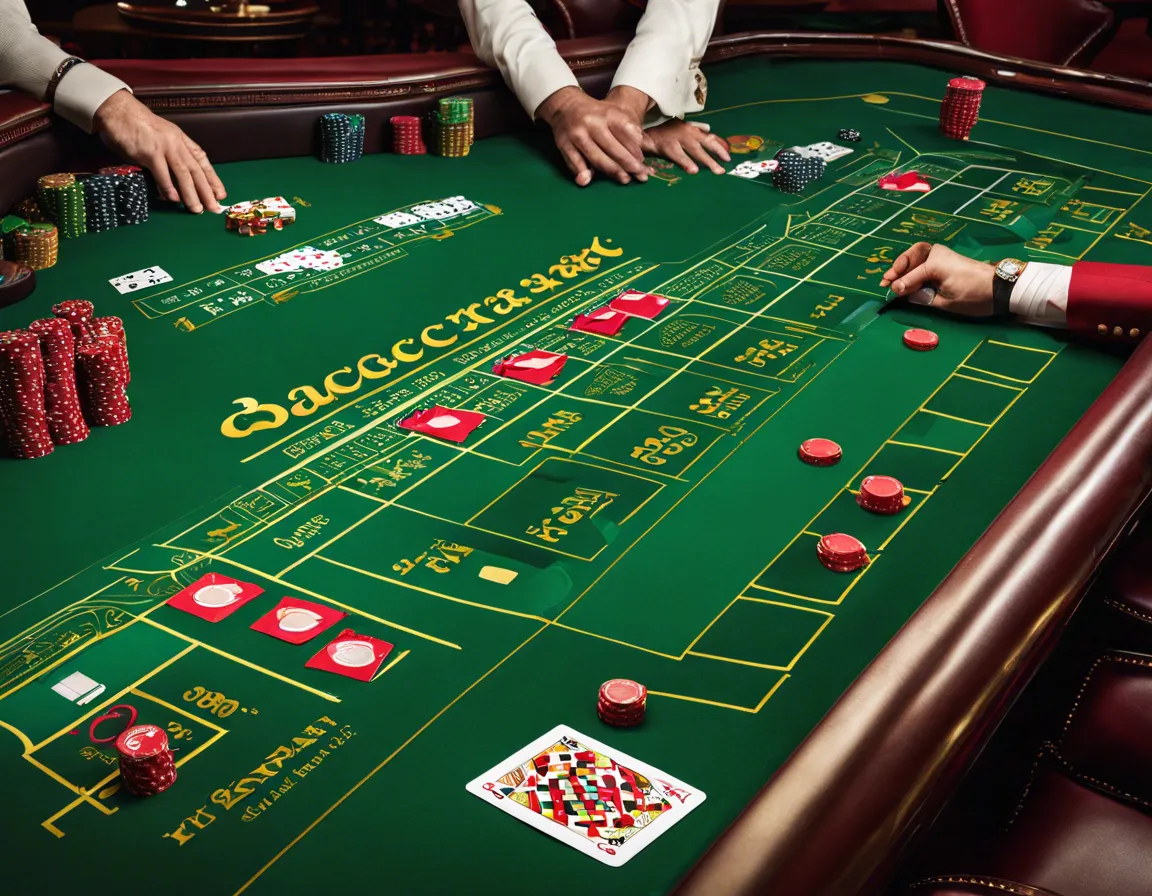



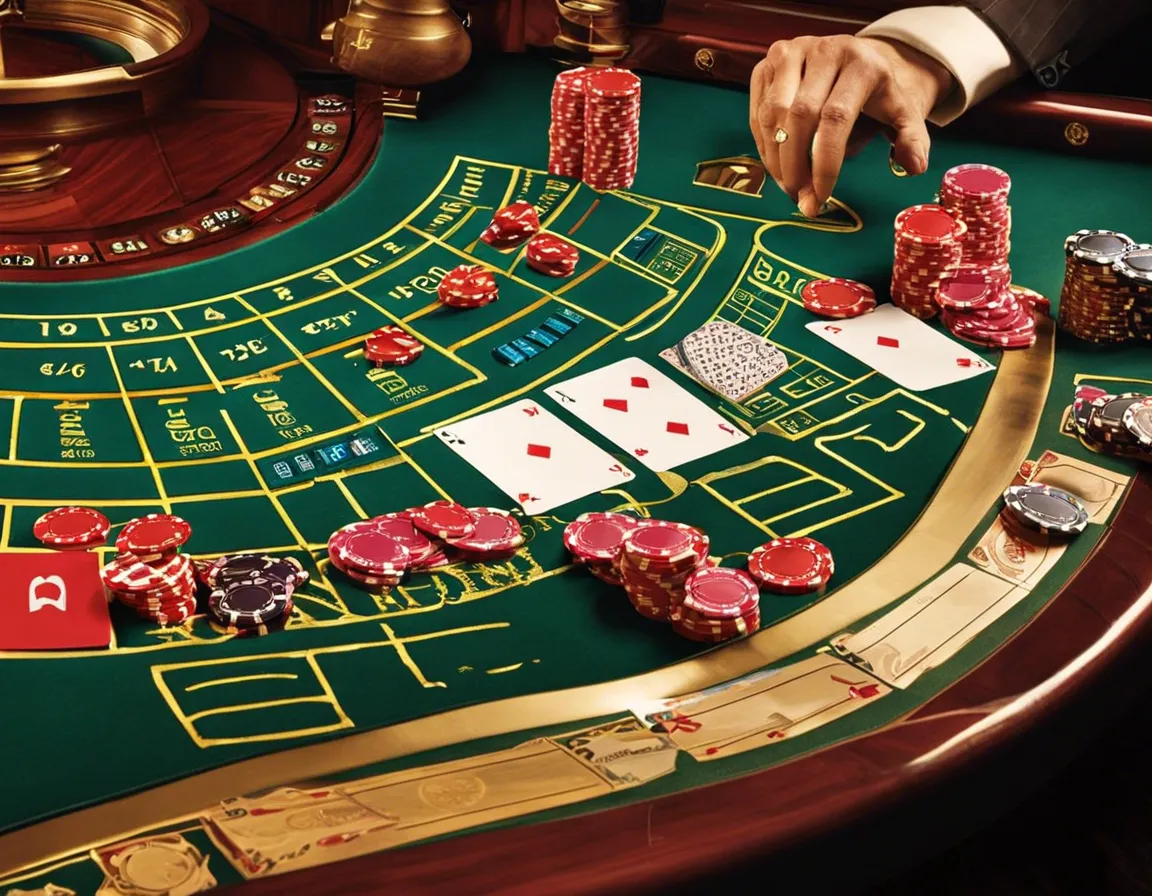

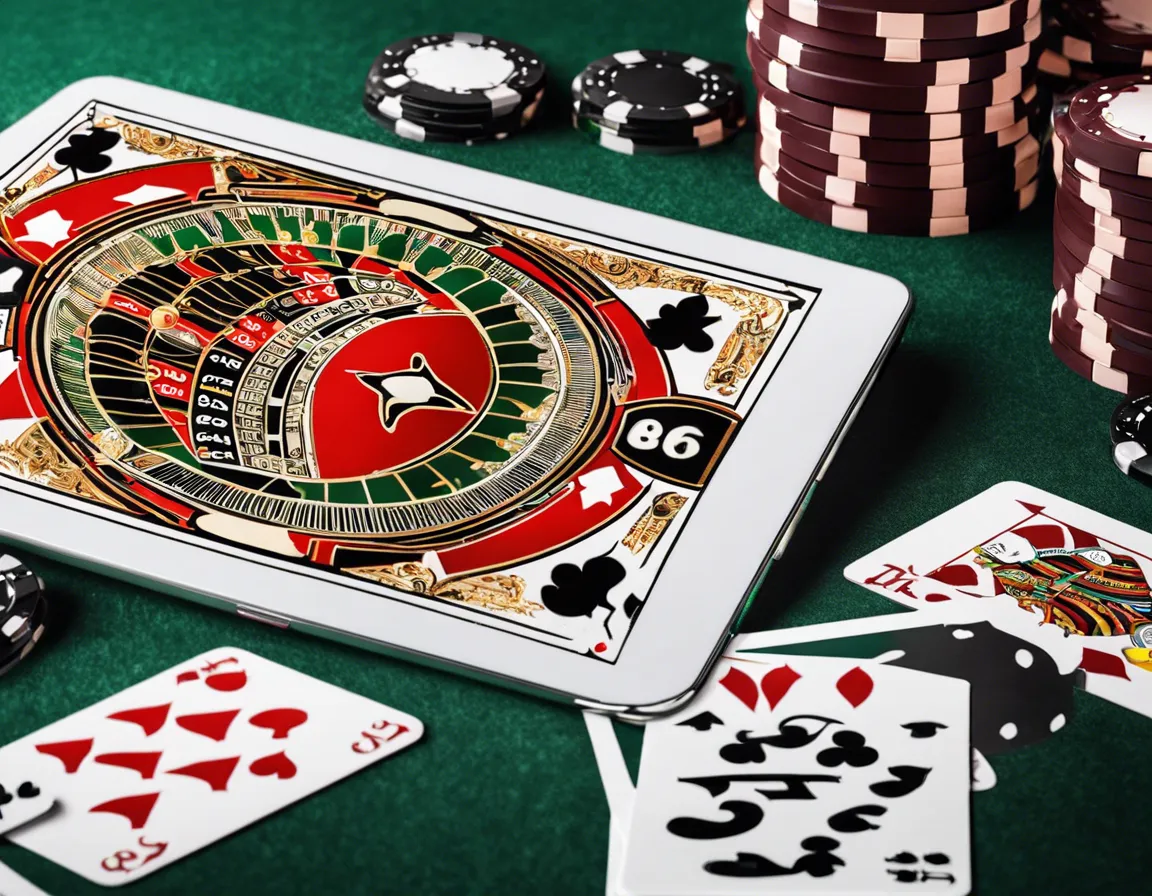
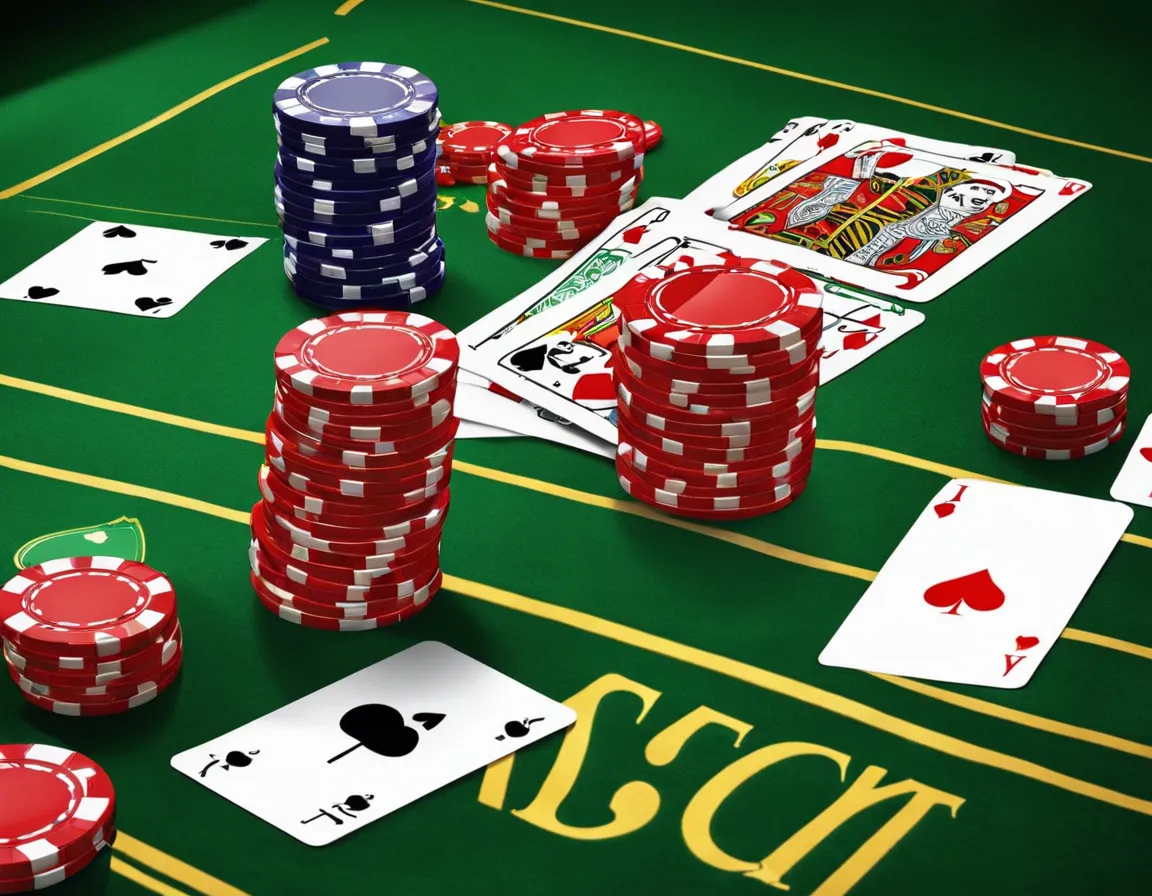

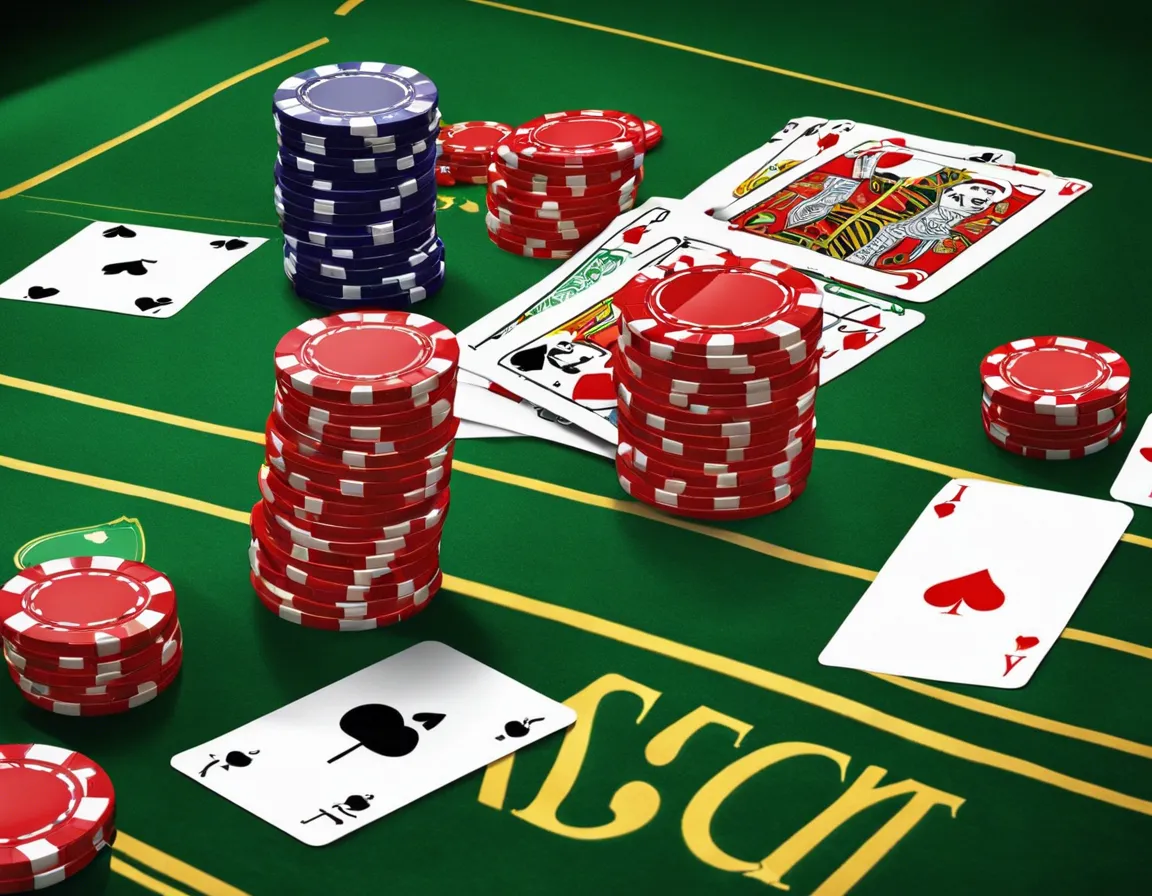




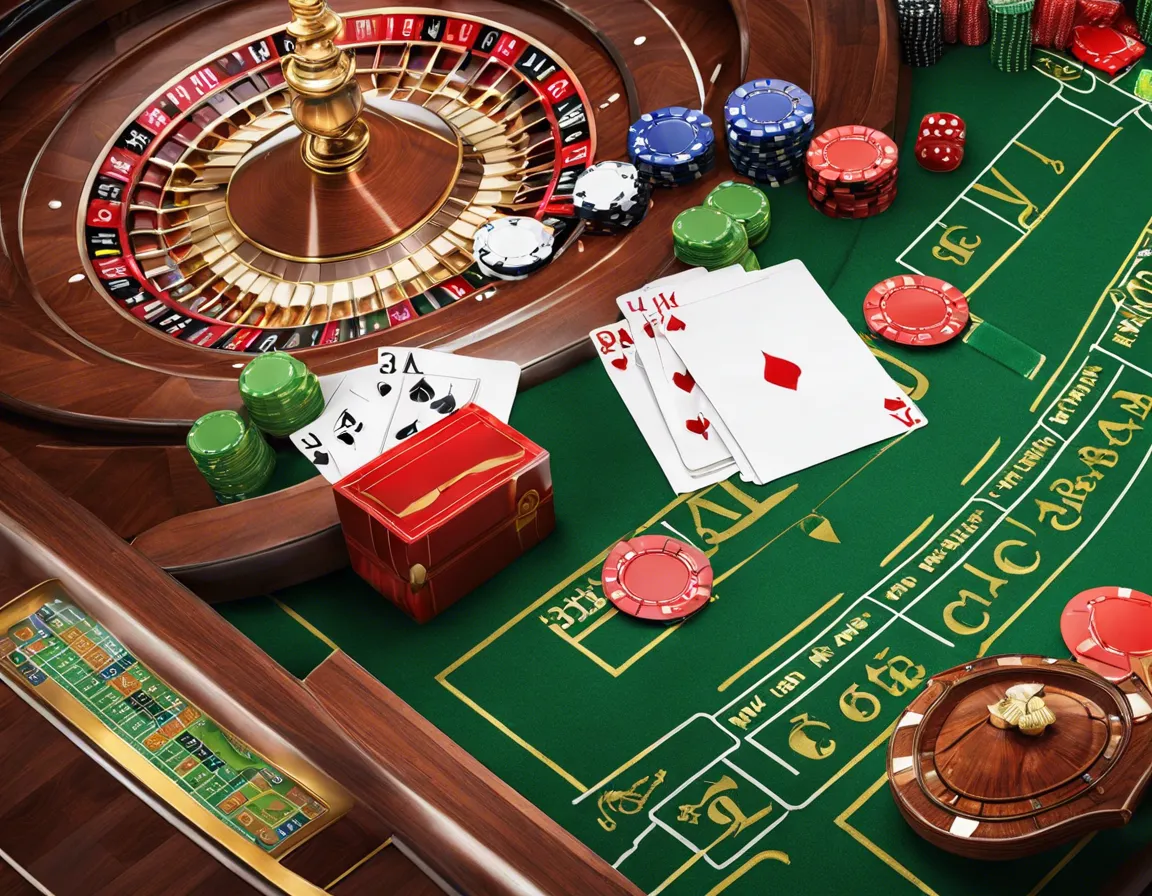

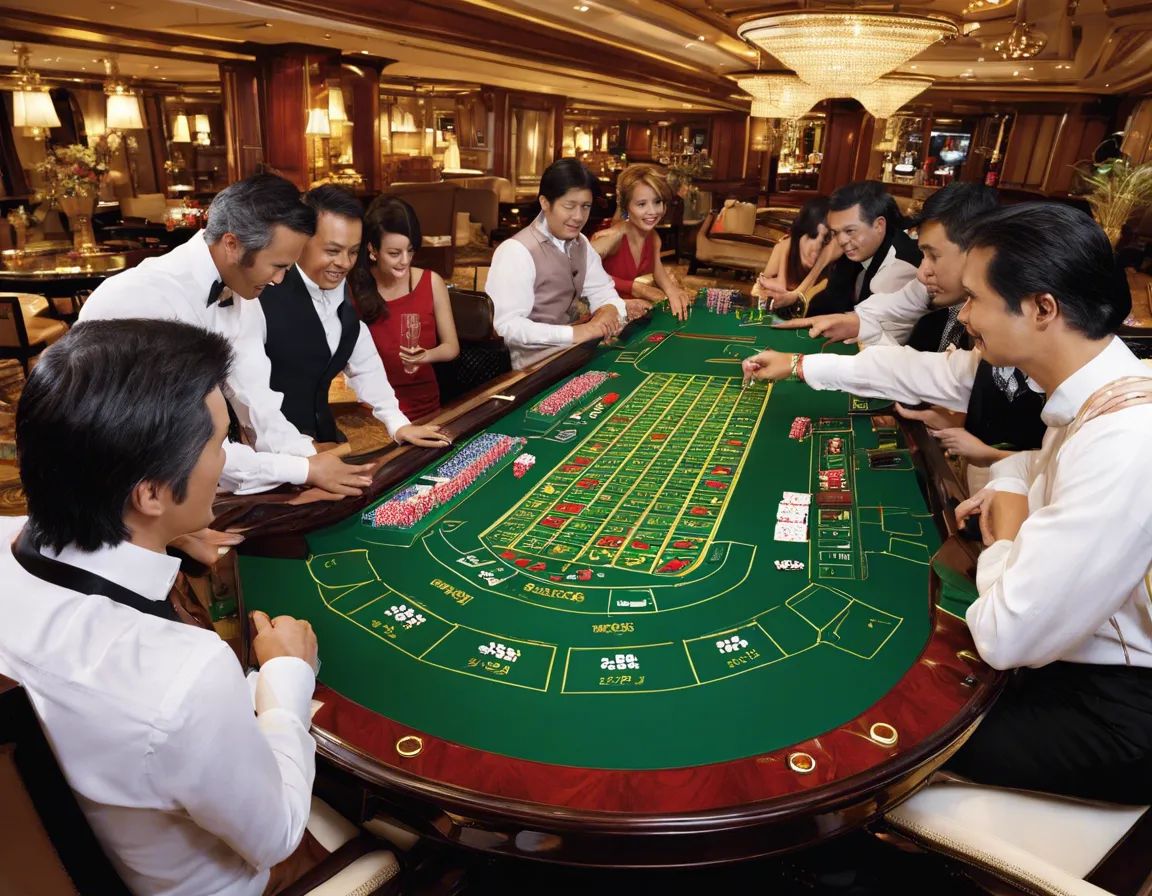
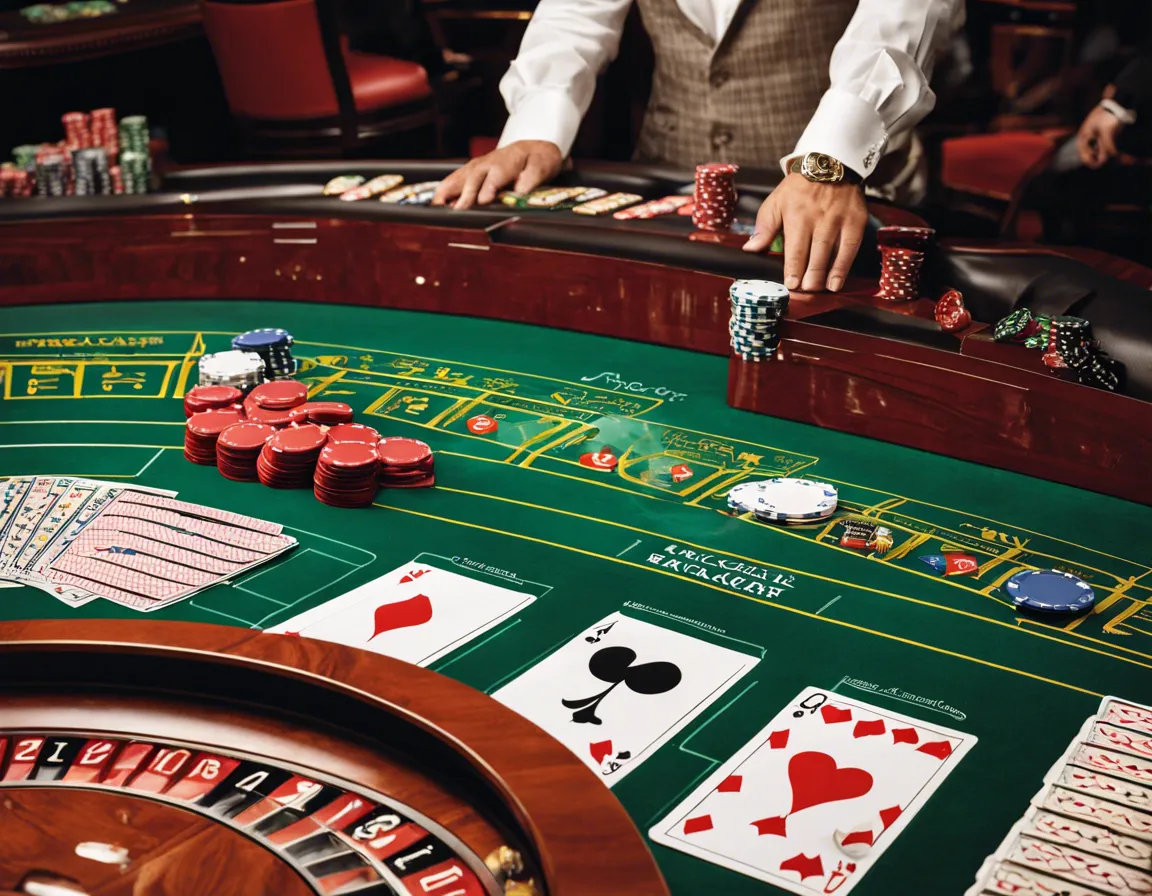
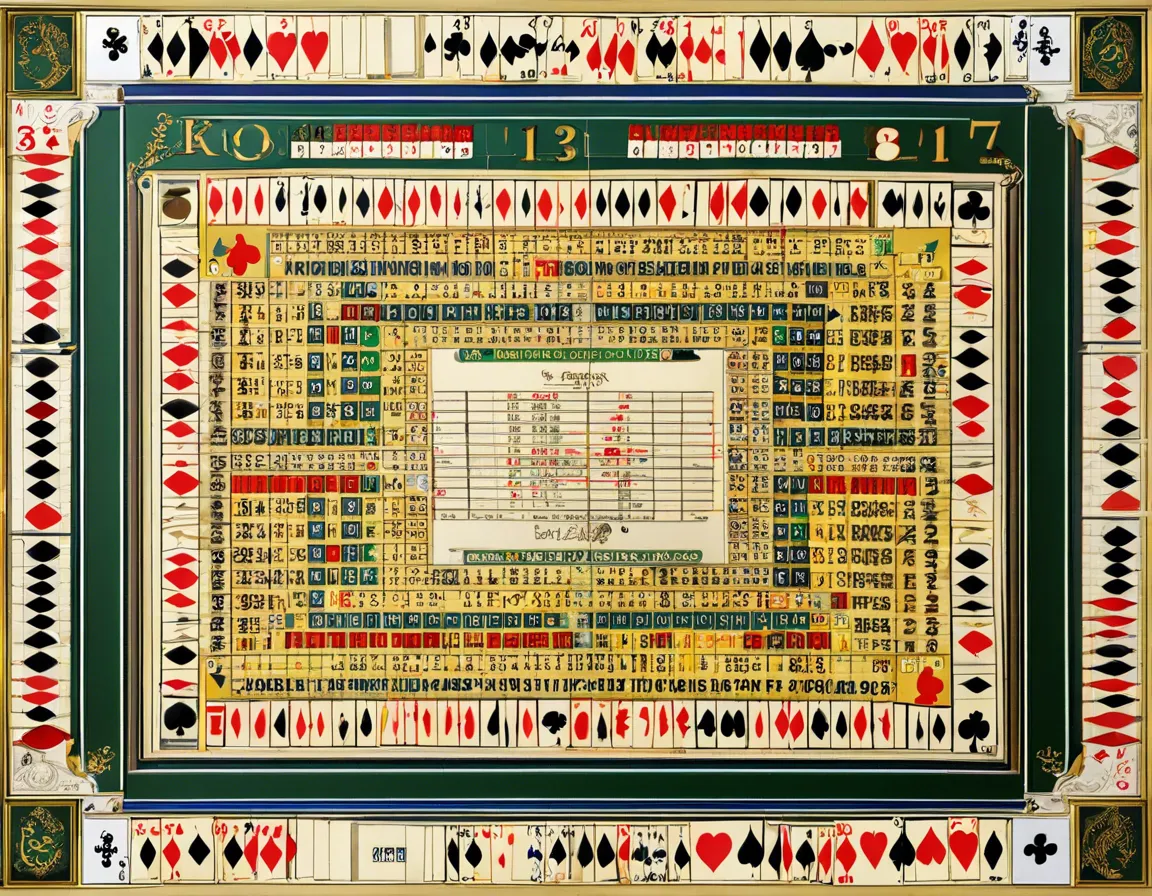
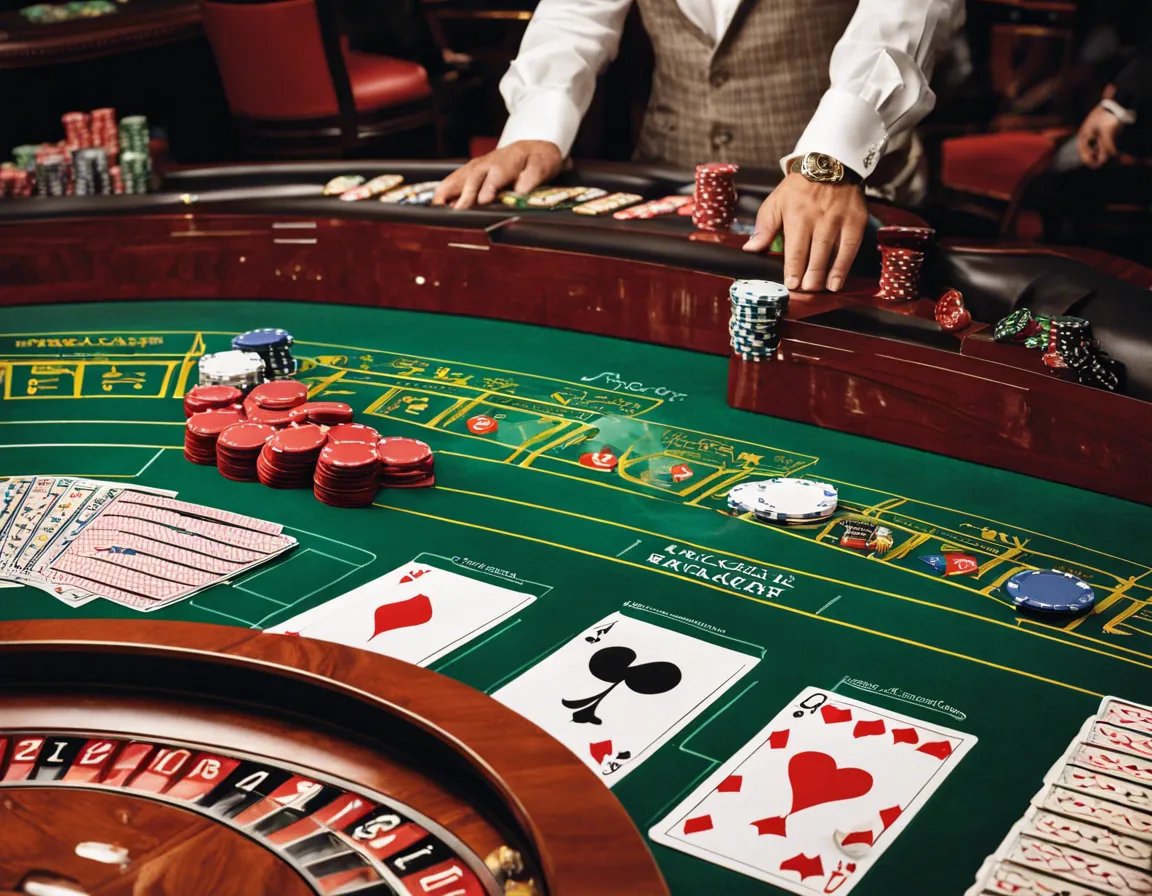


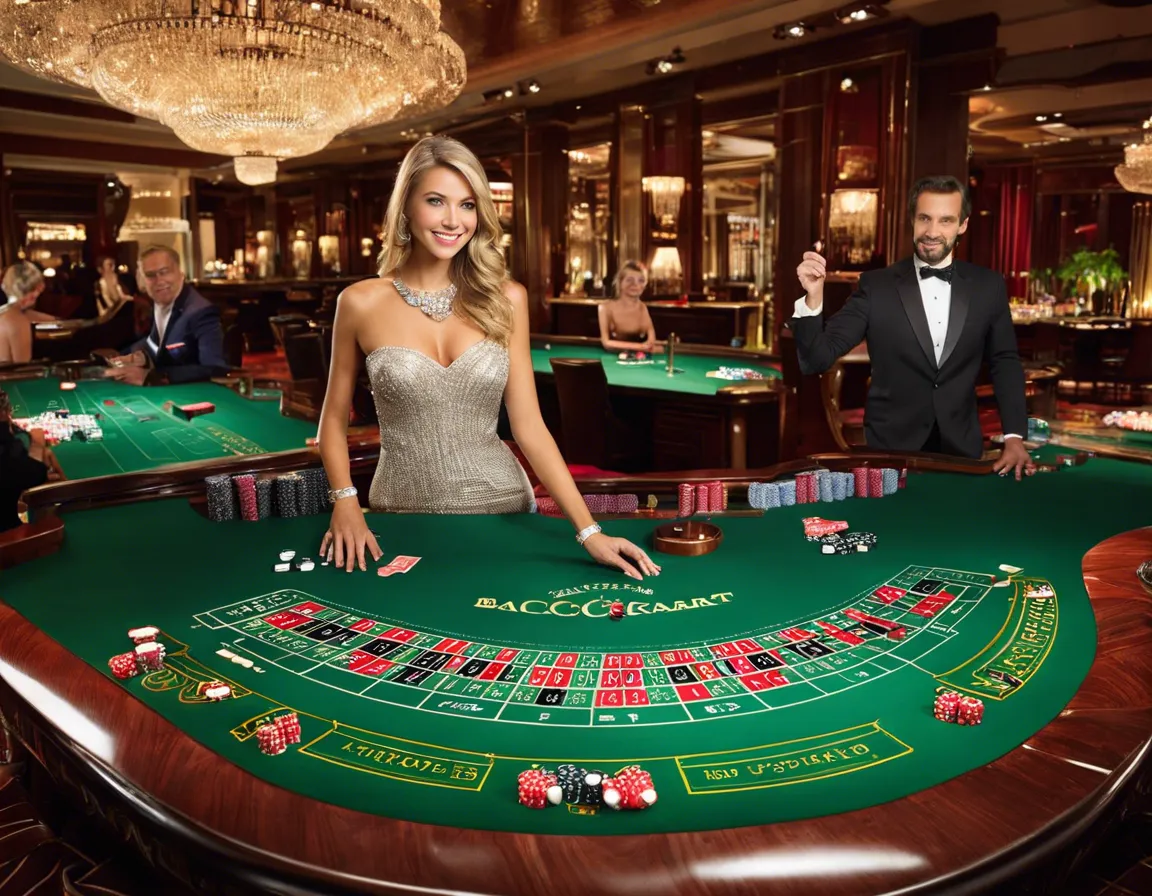




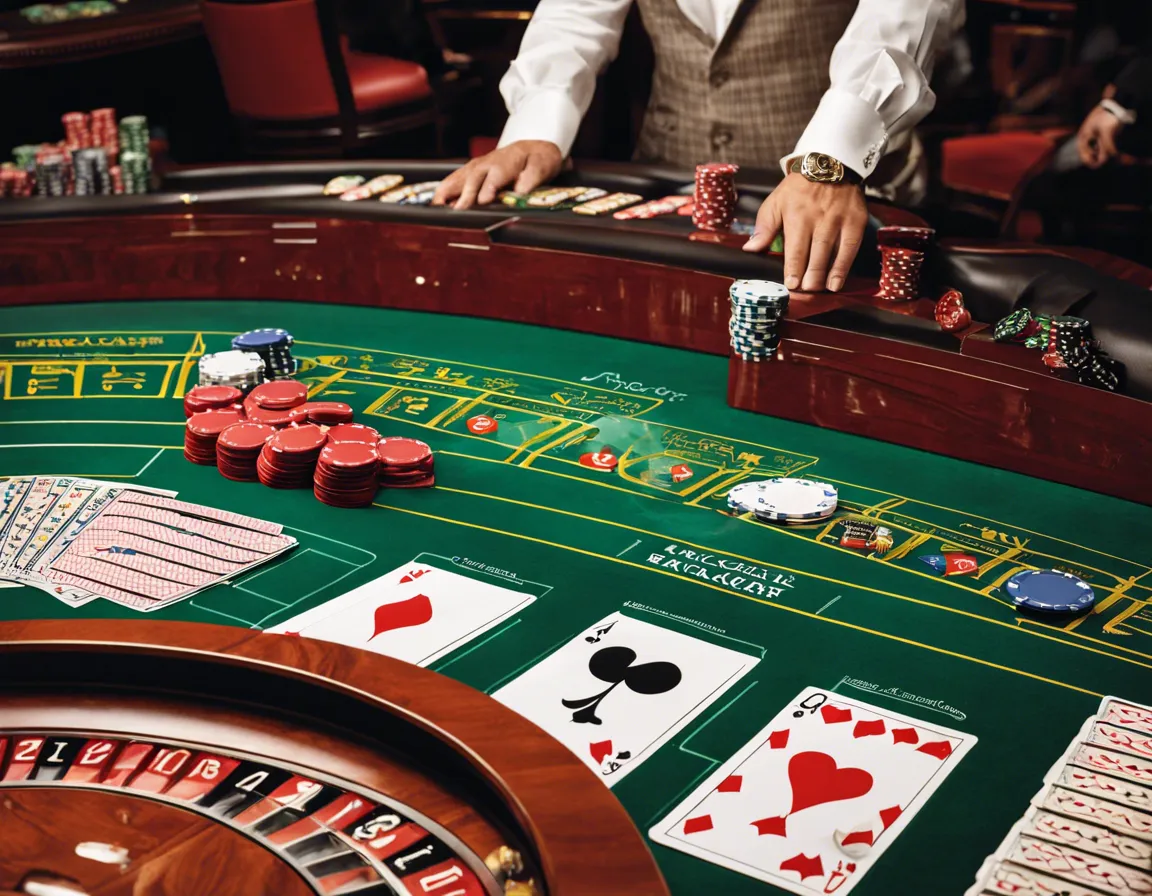

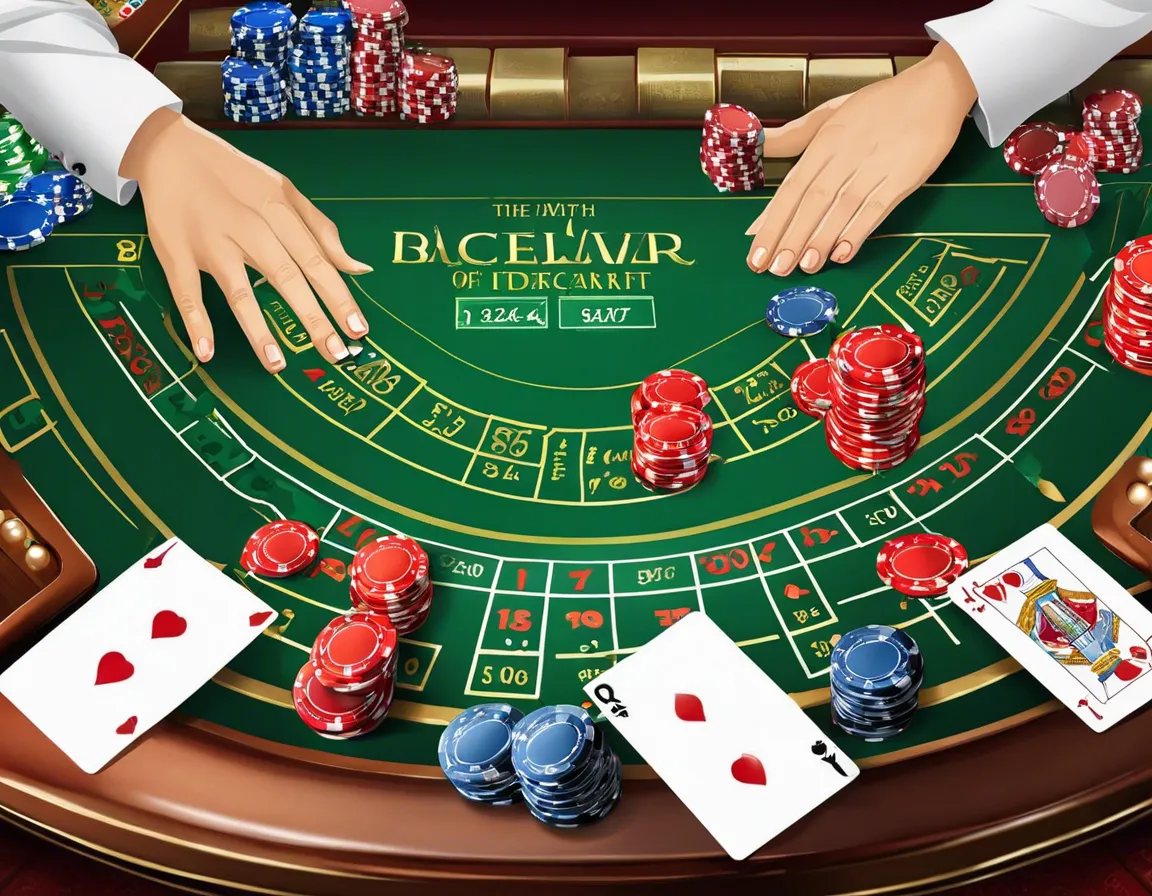


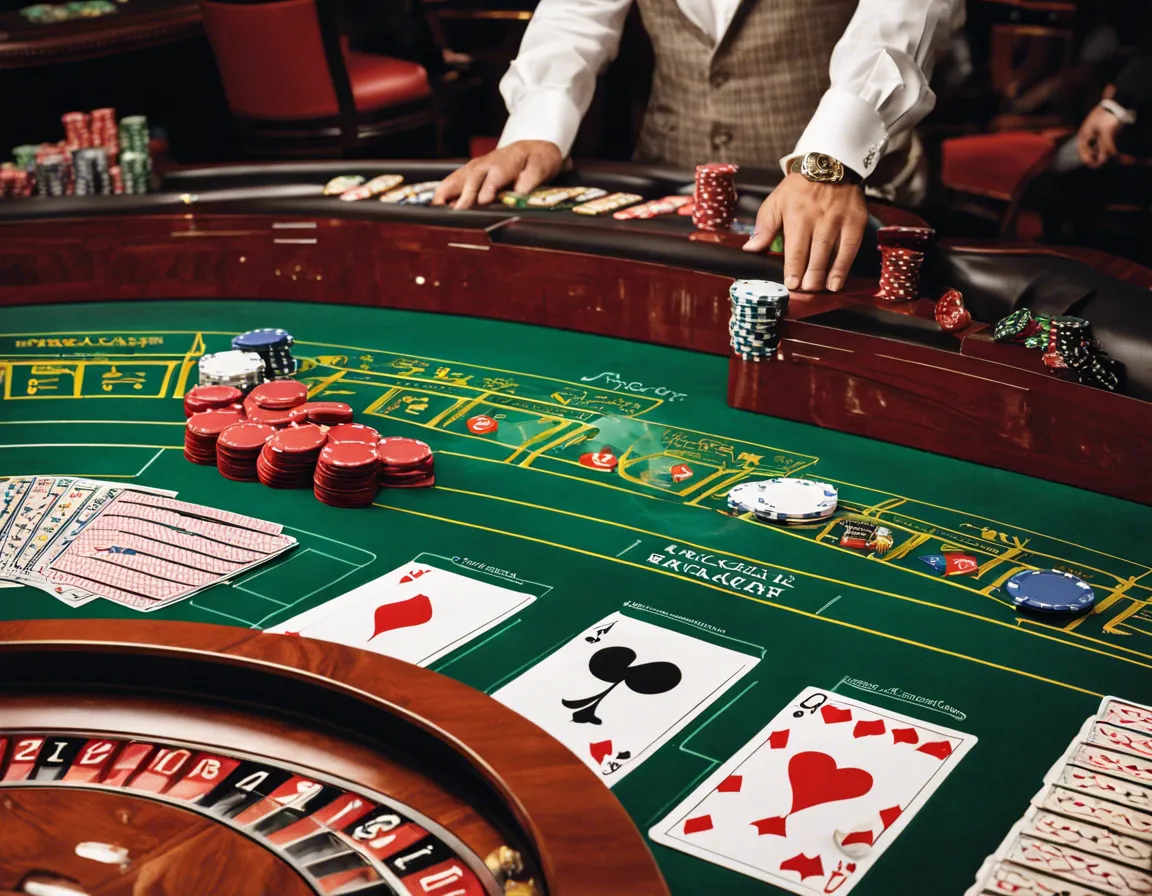
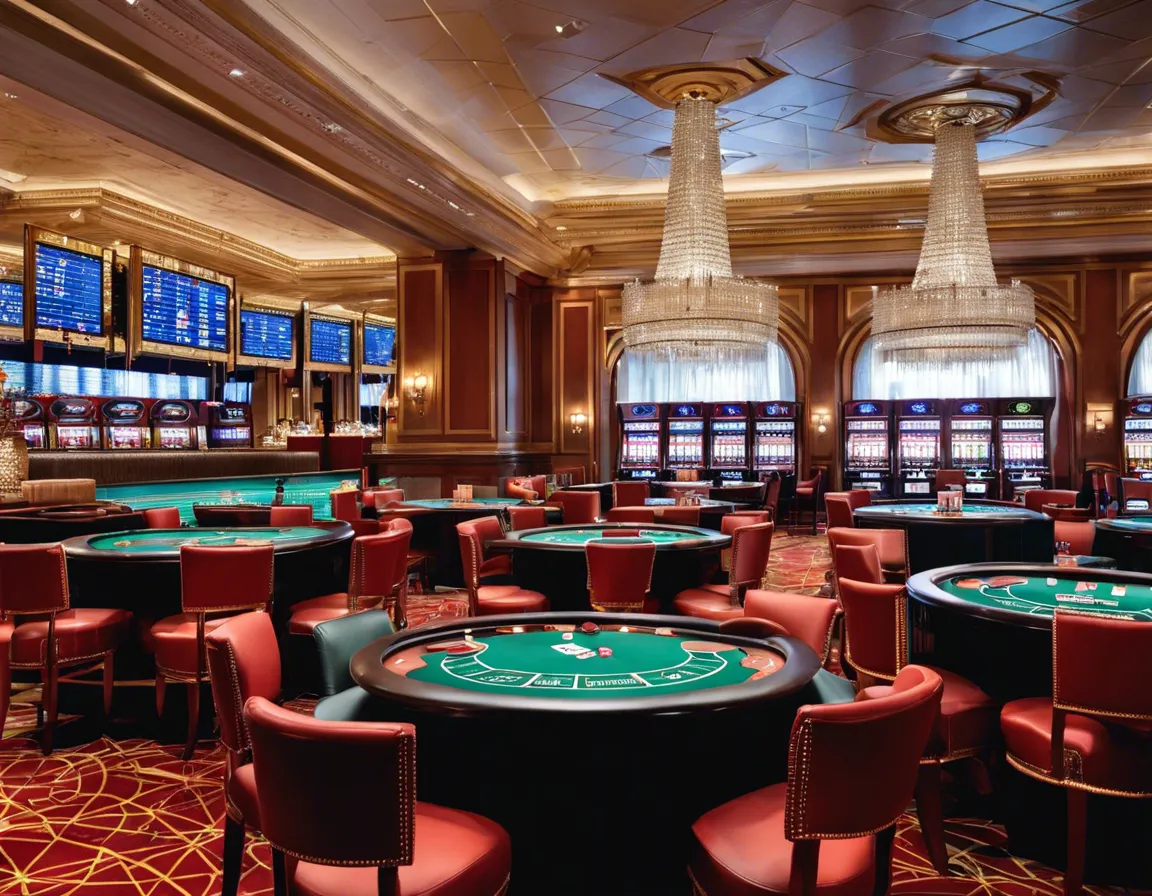





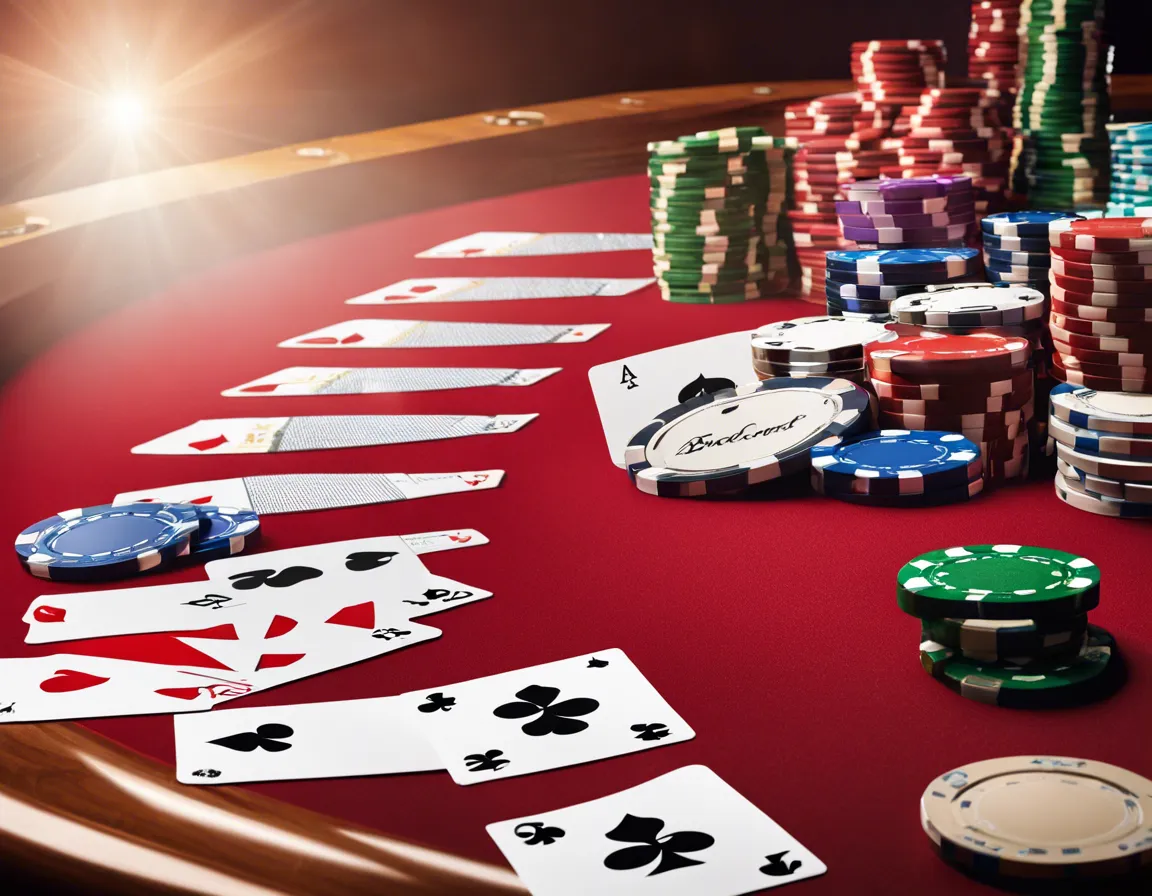
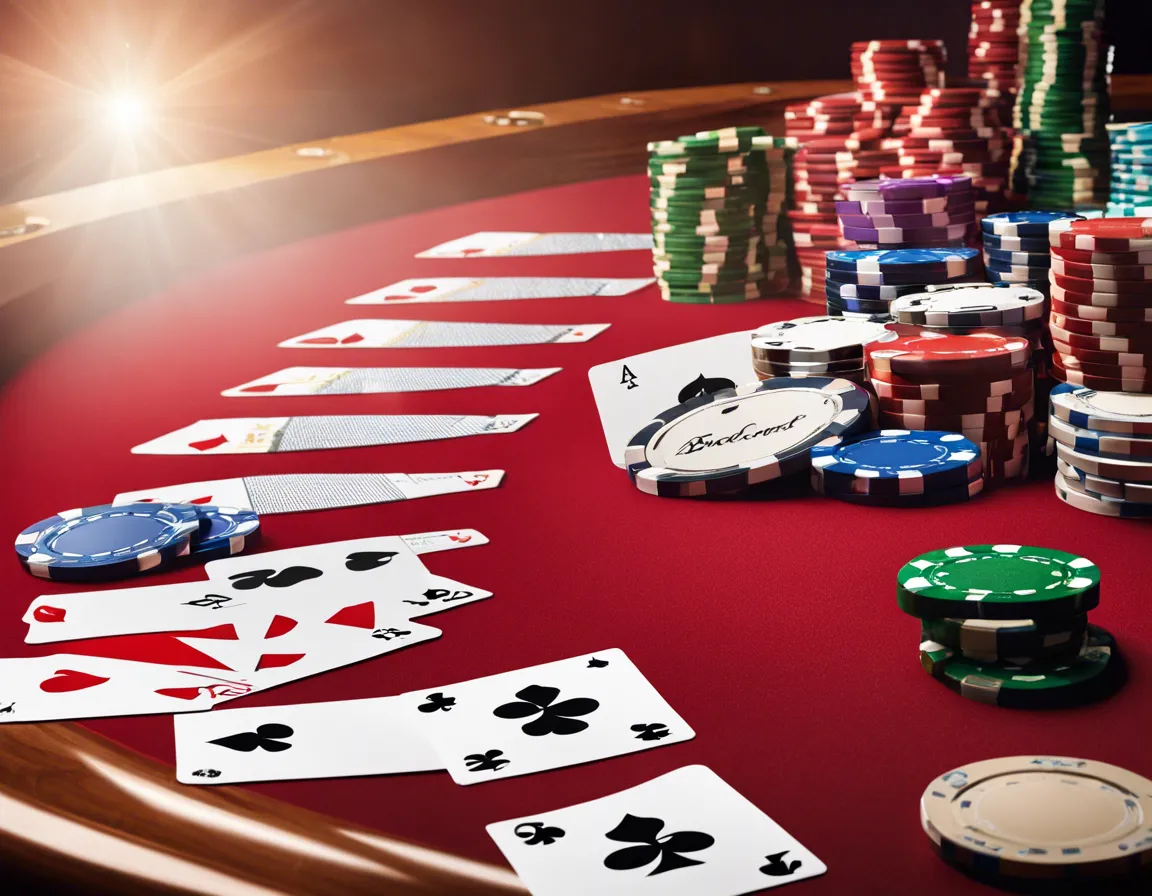

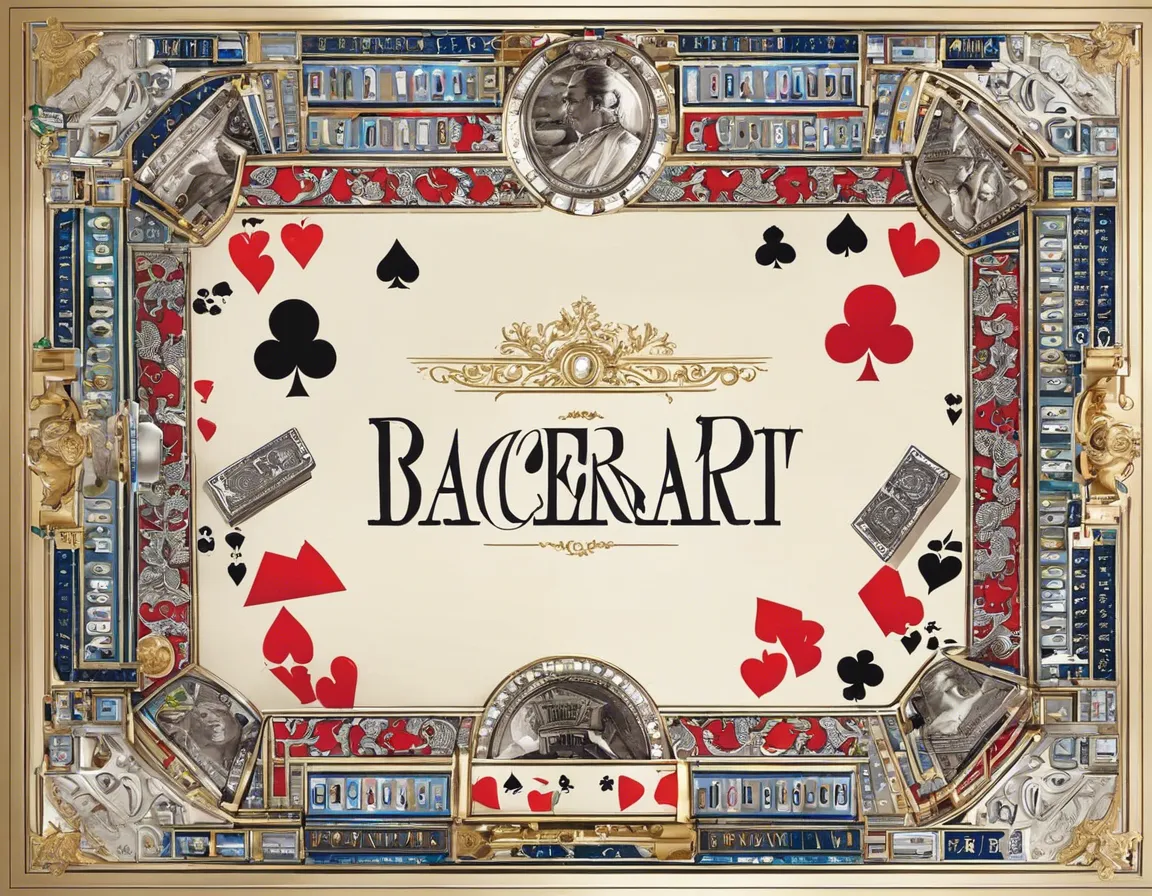

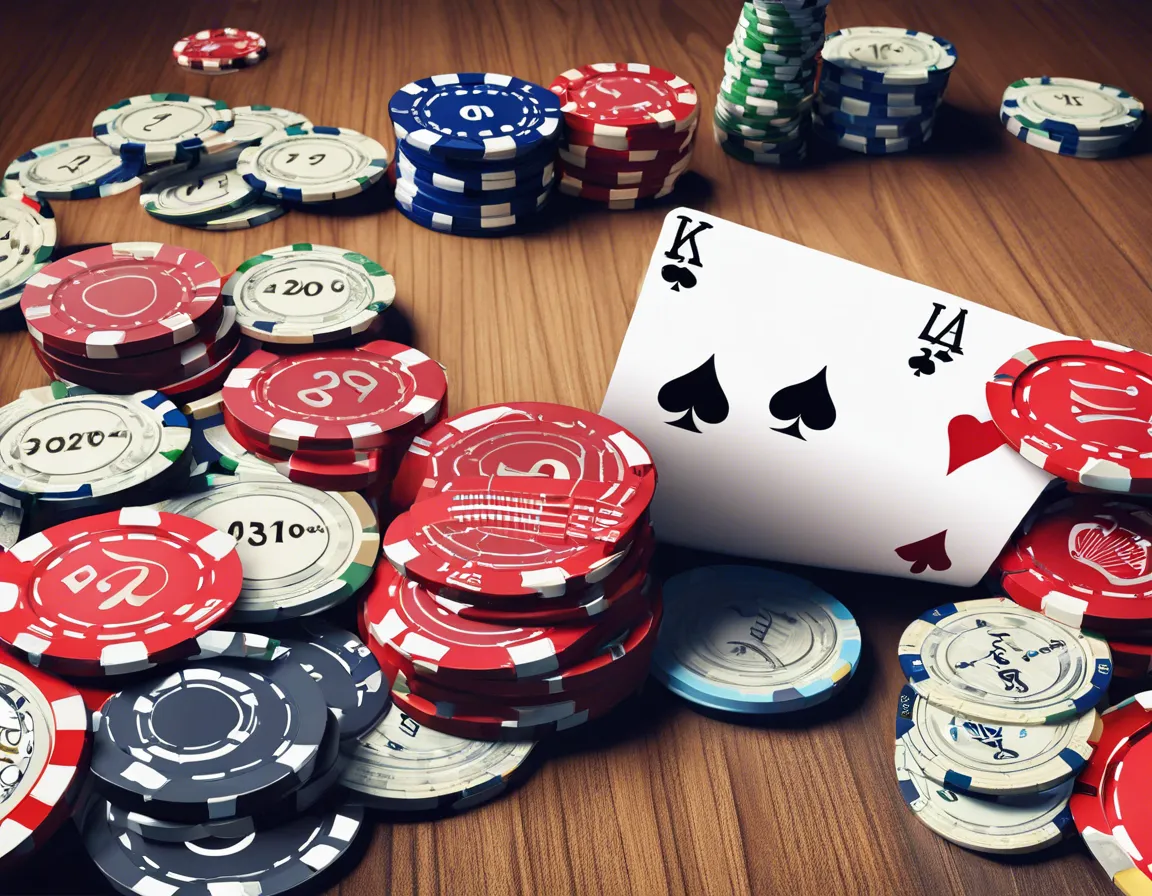


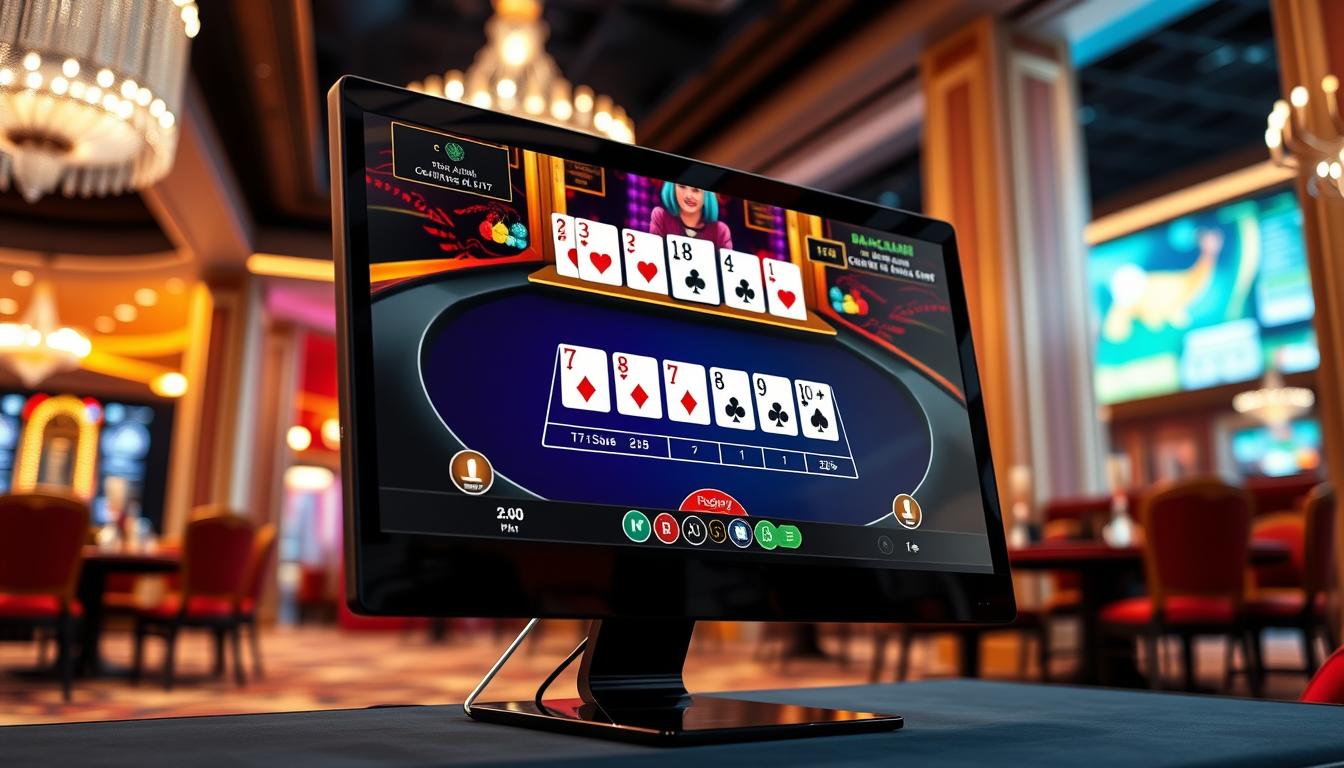
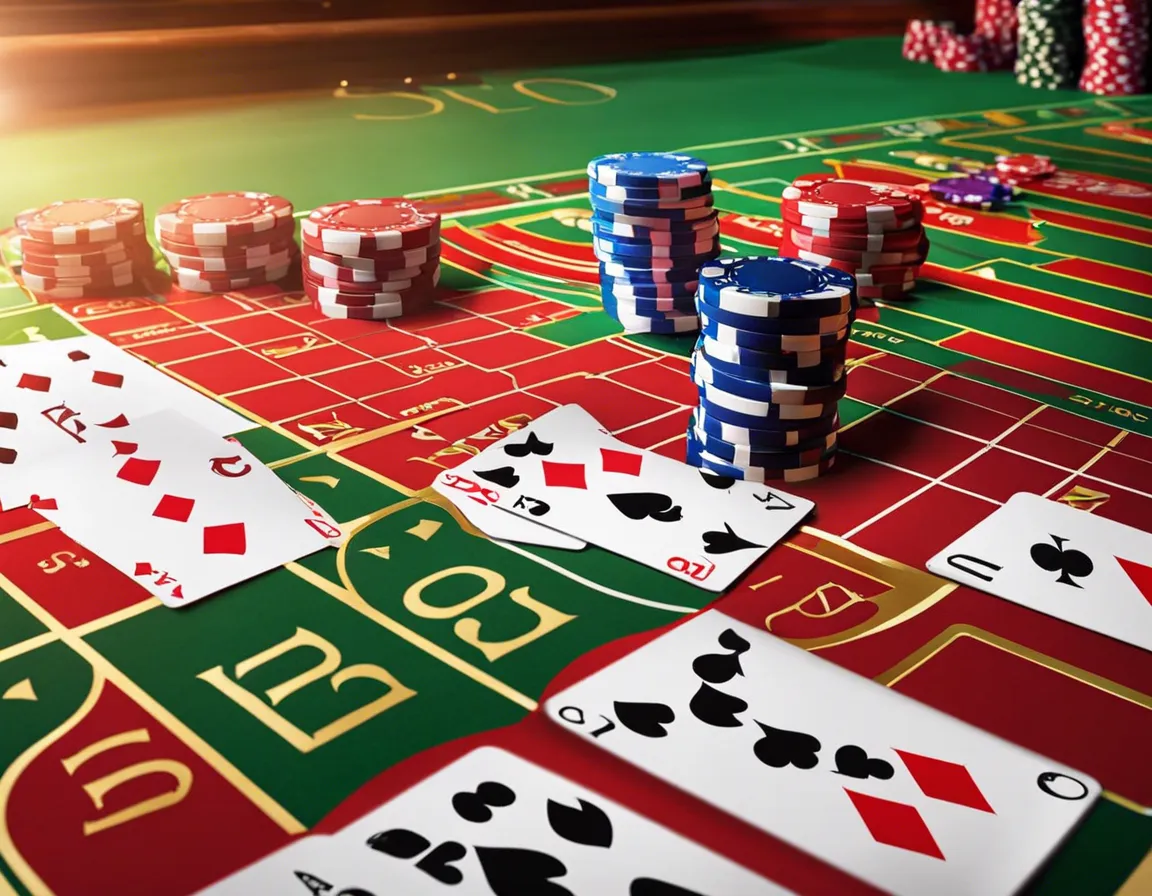
Leave a Reply